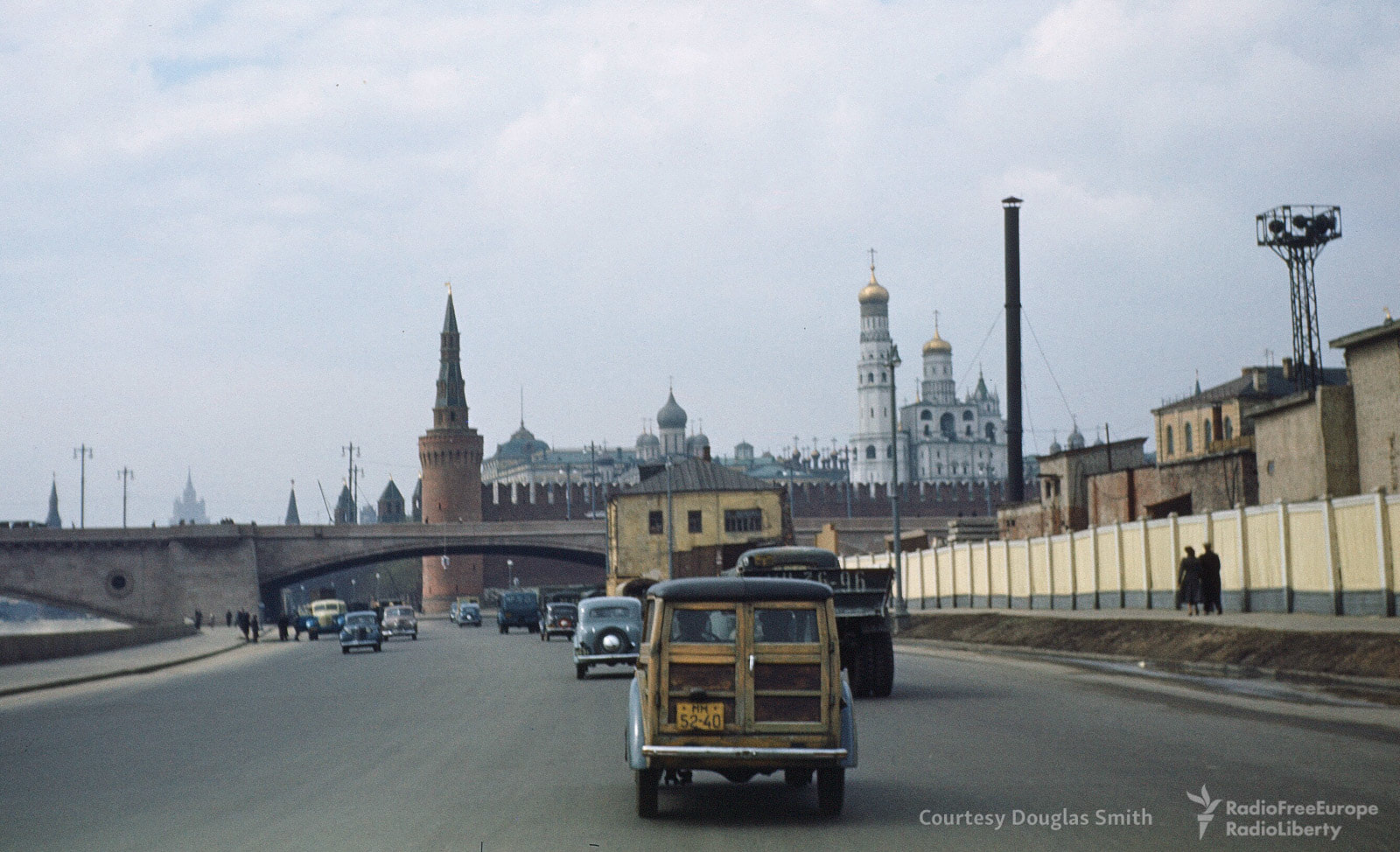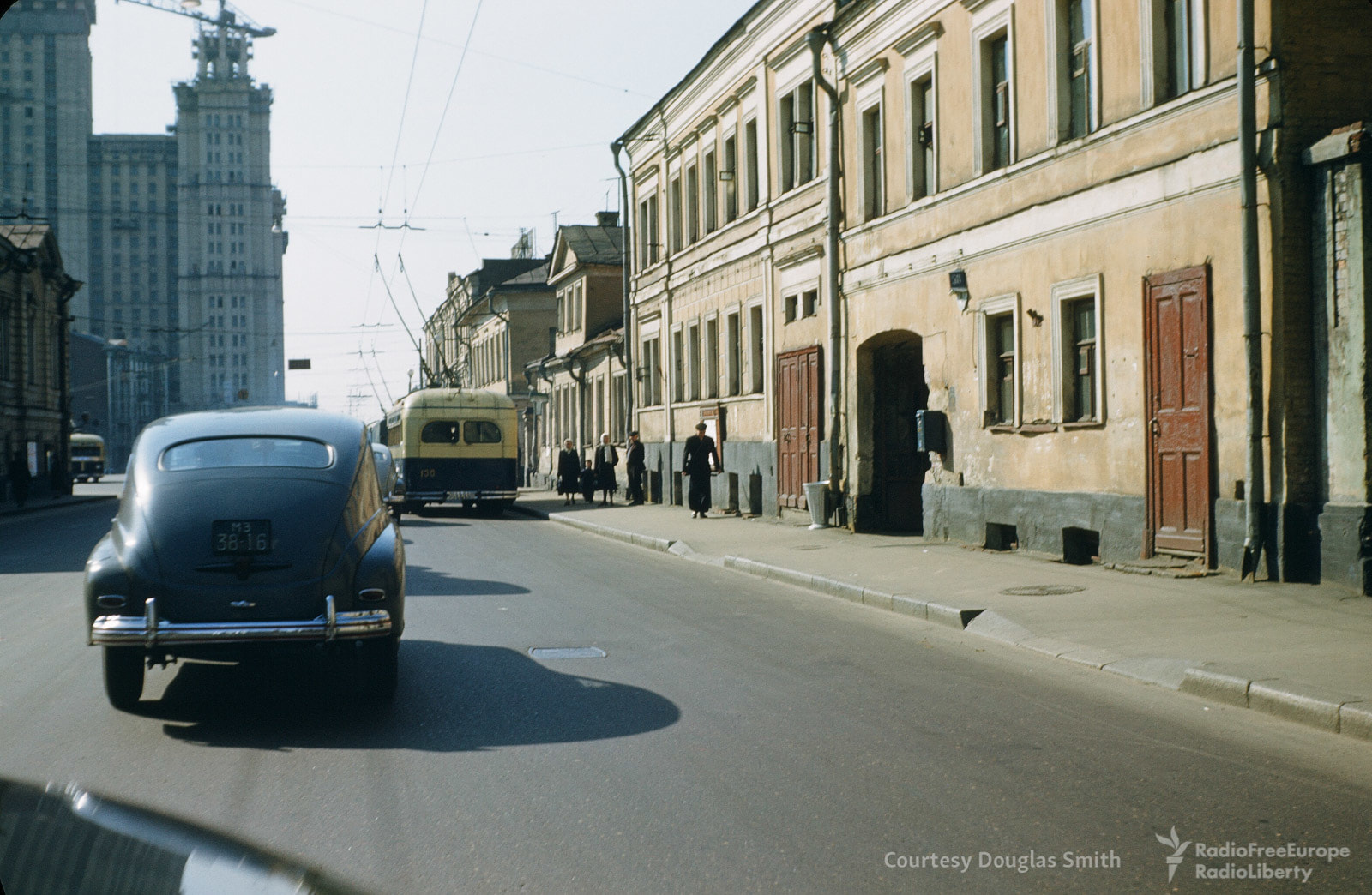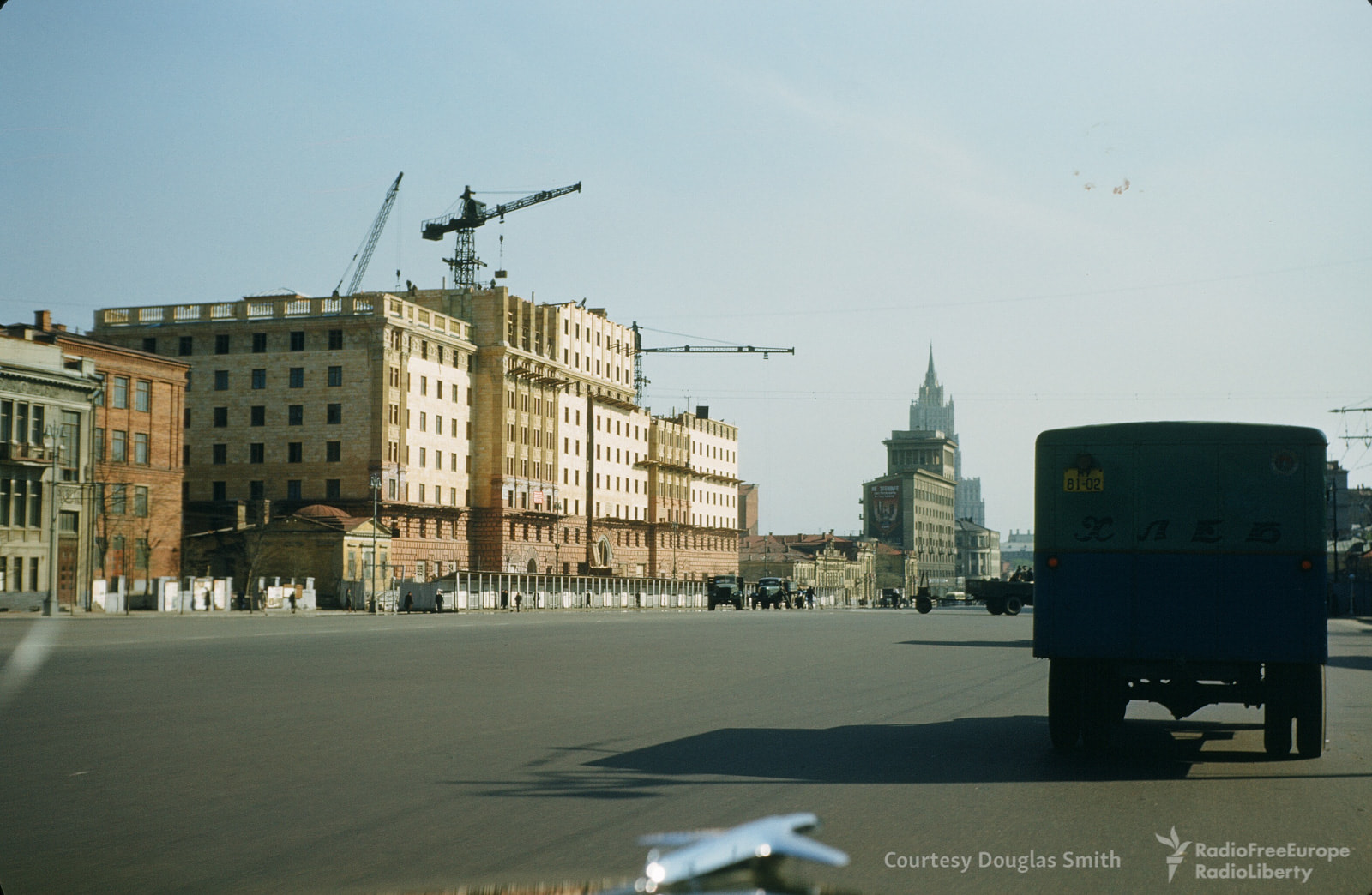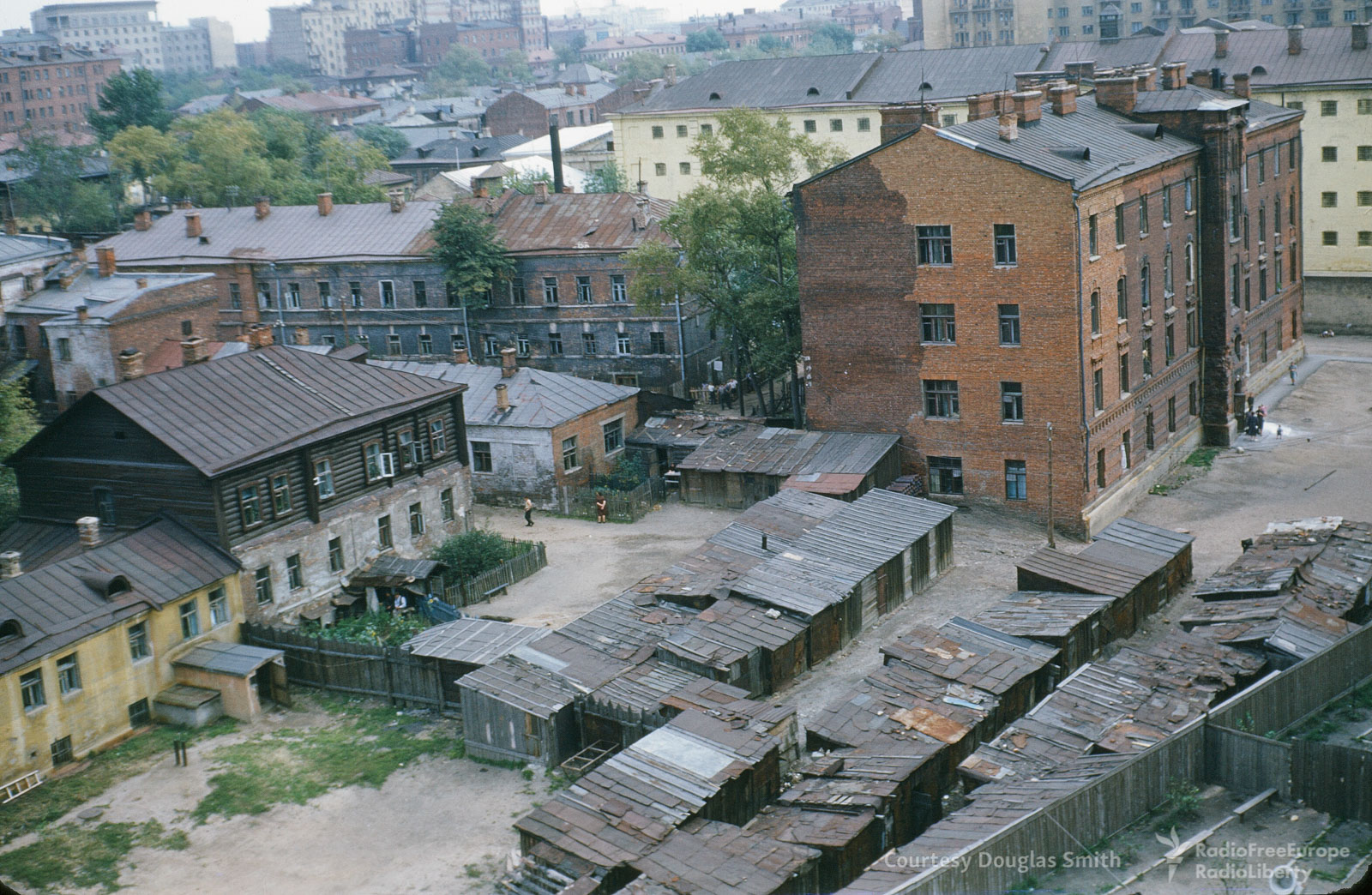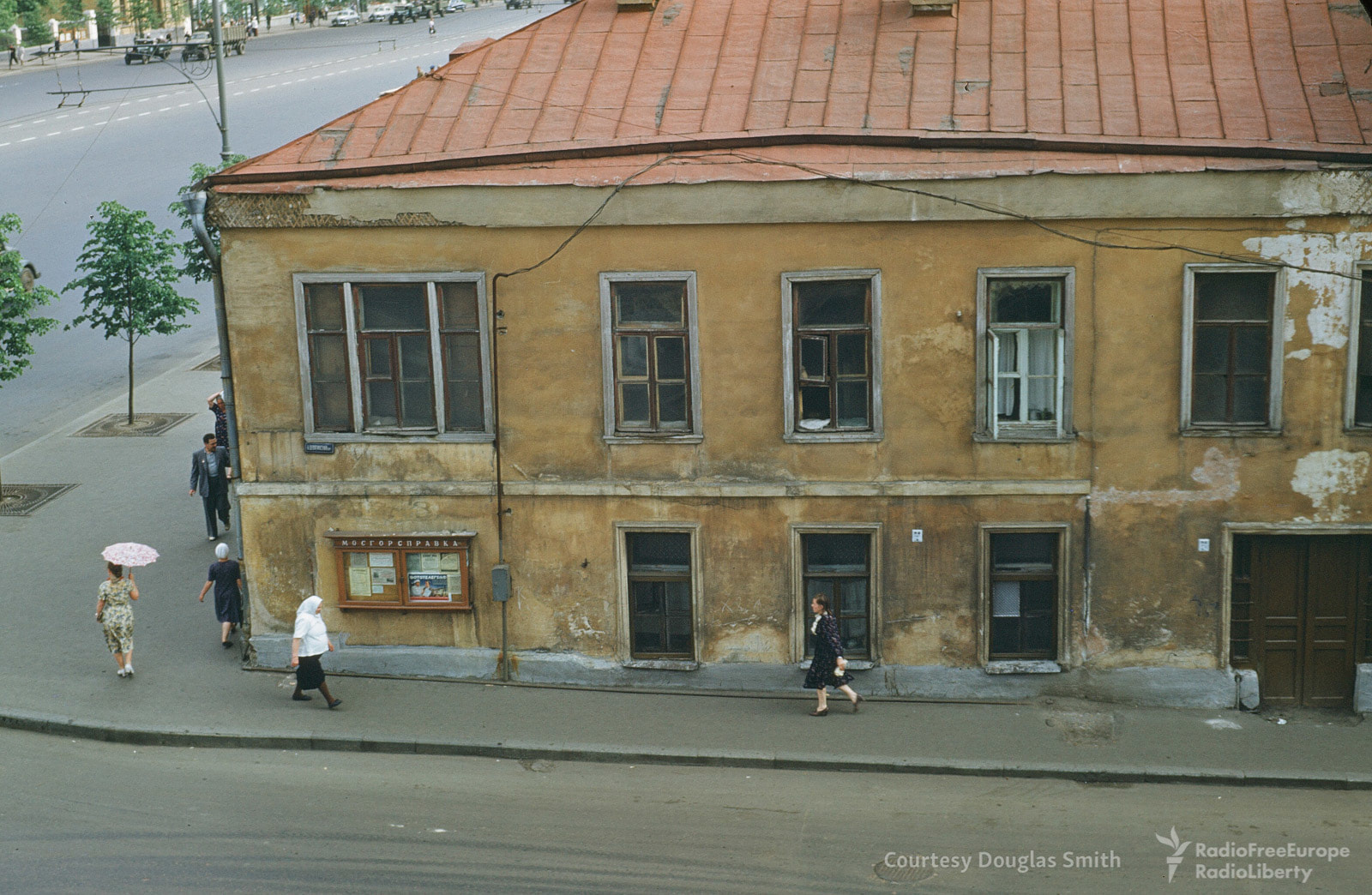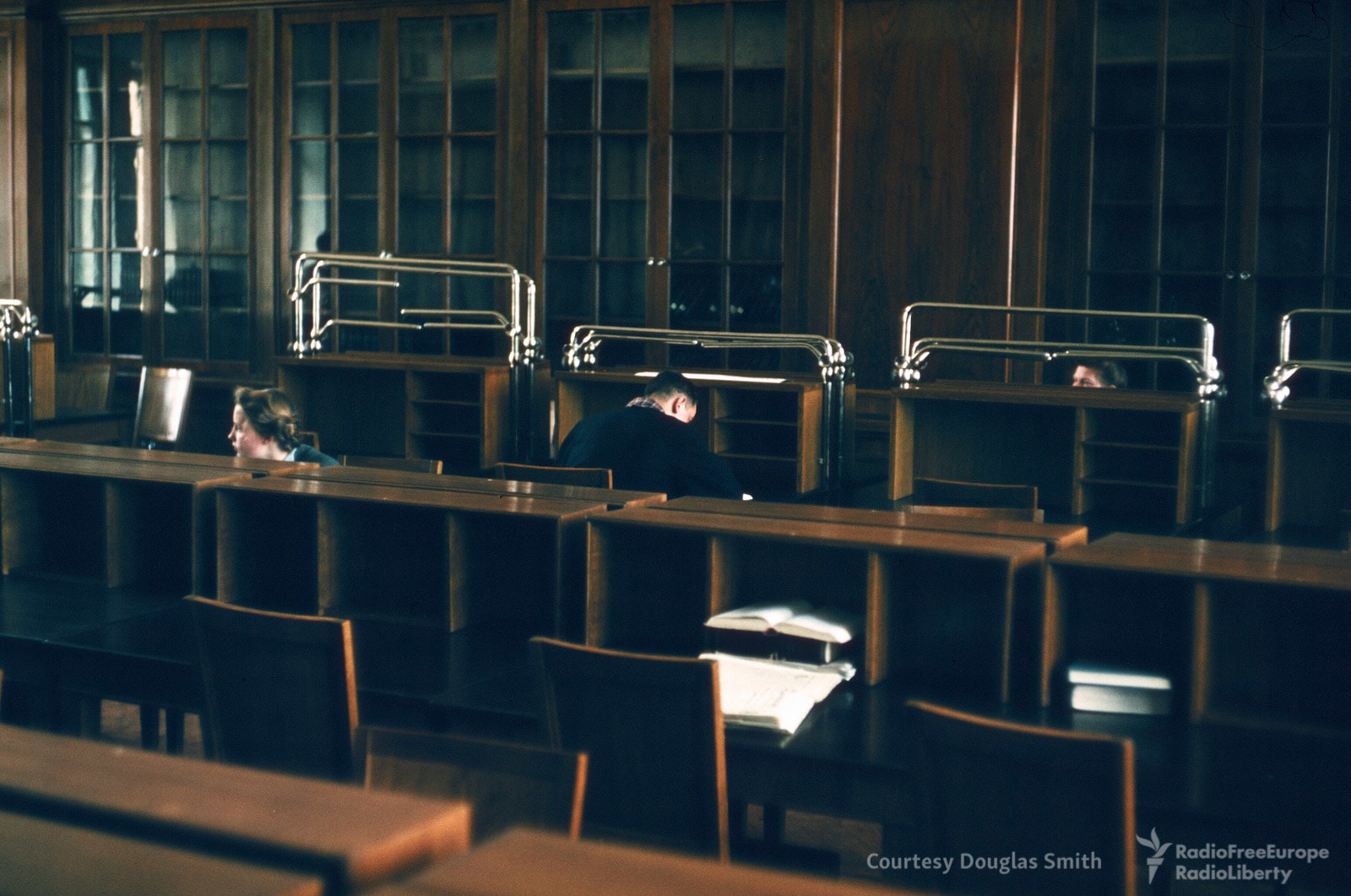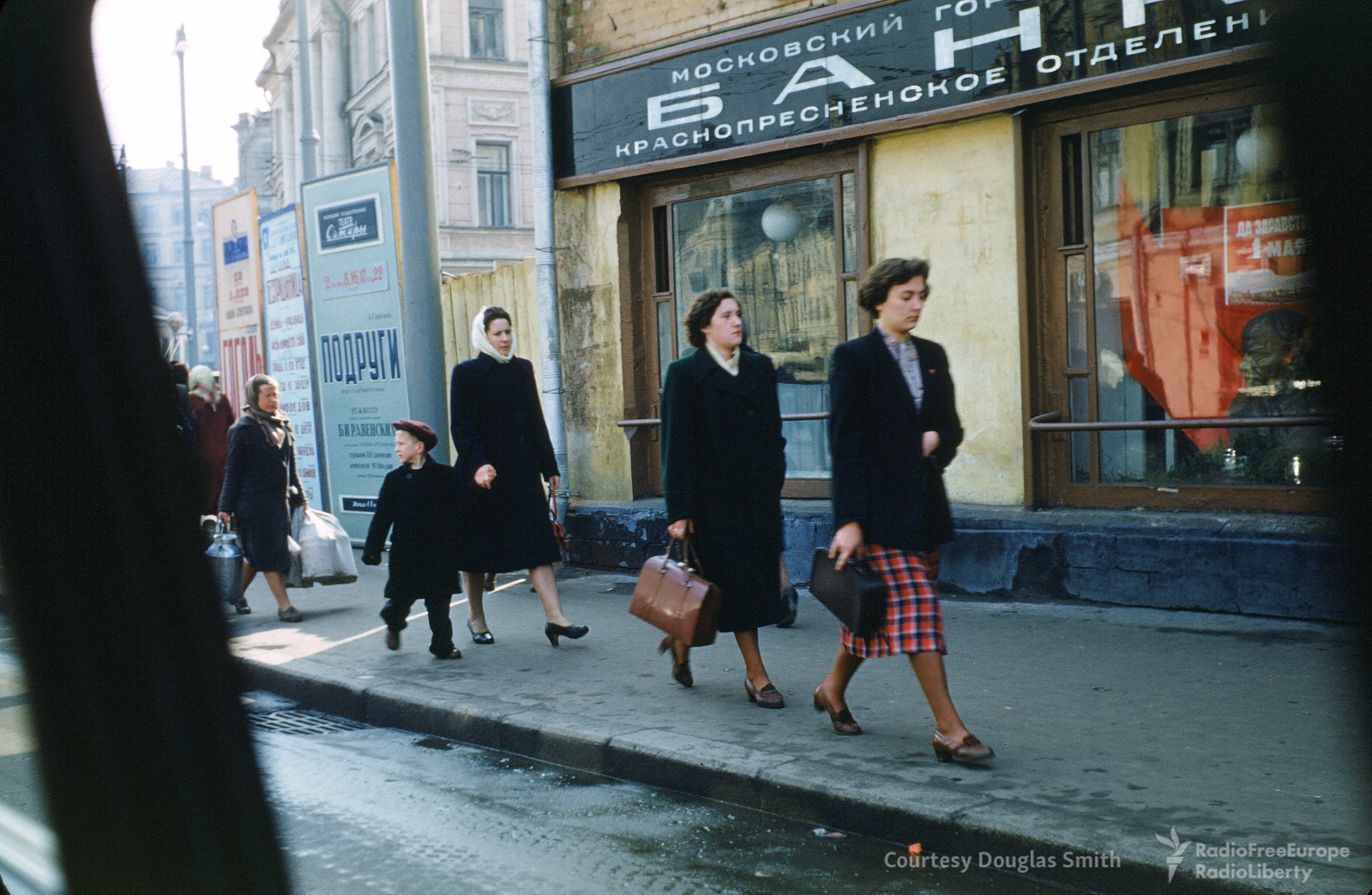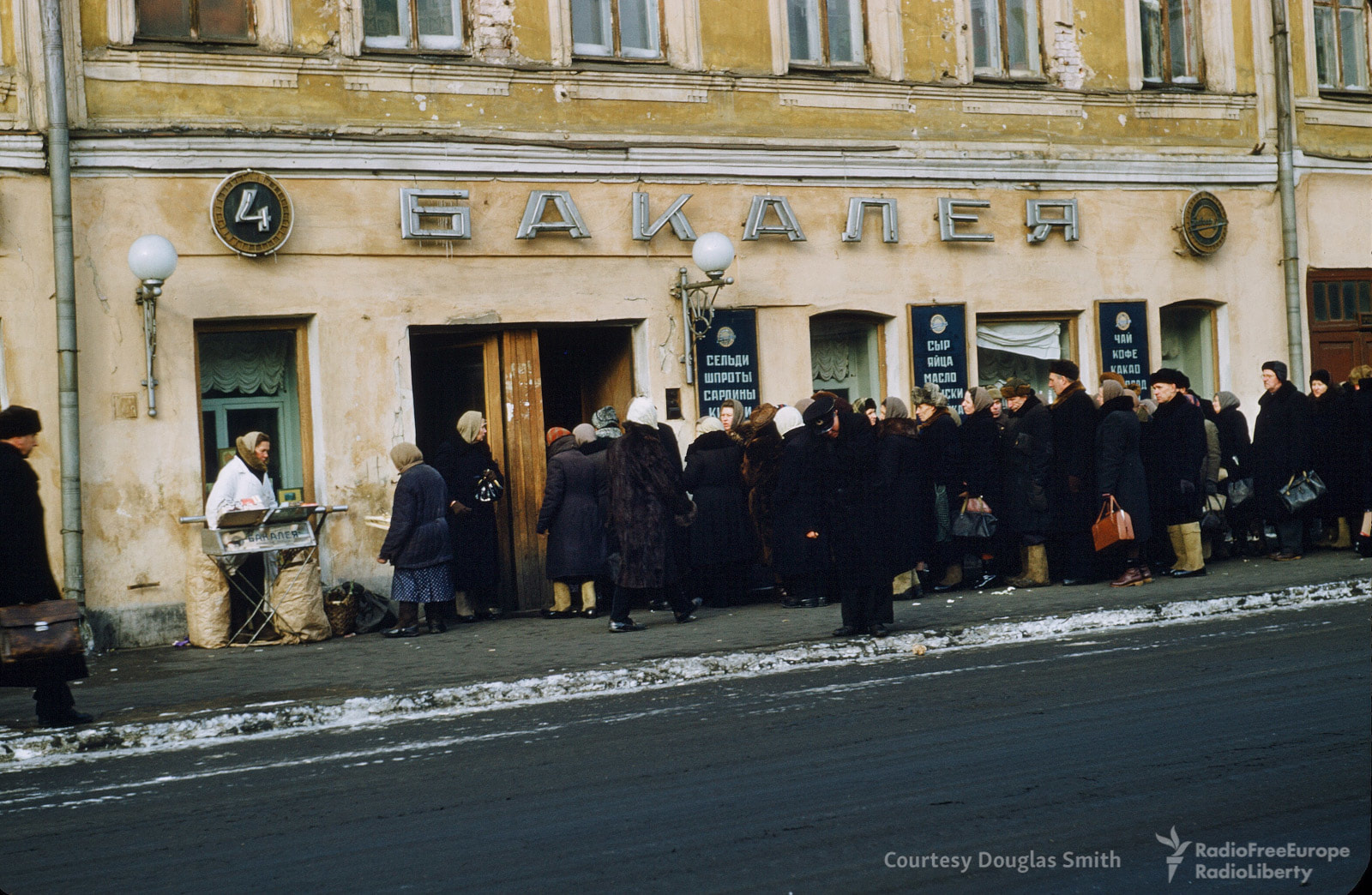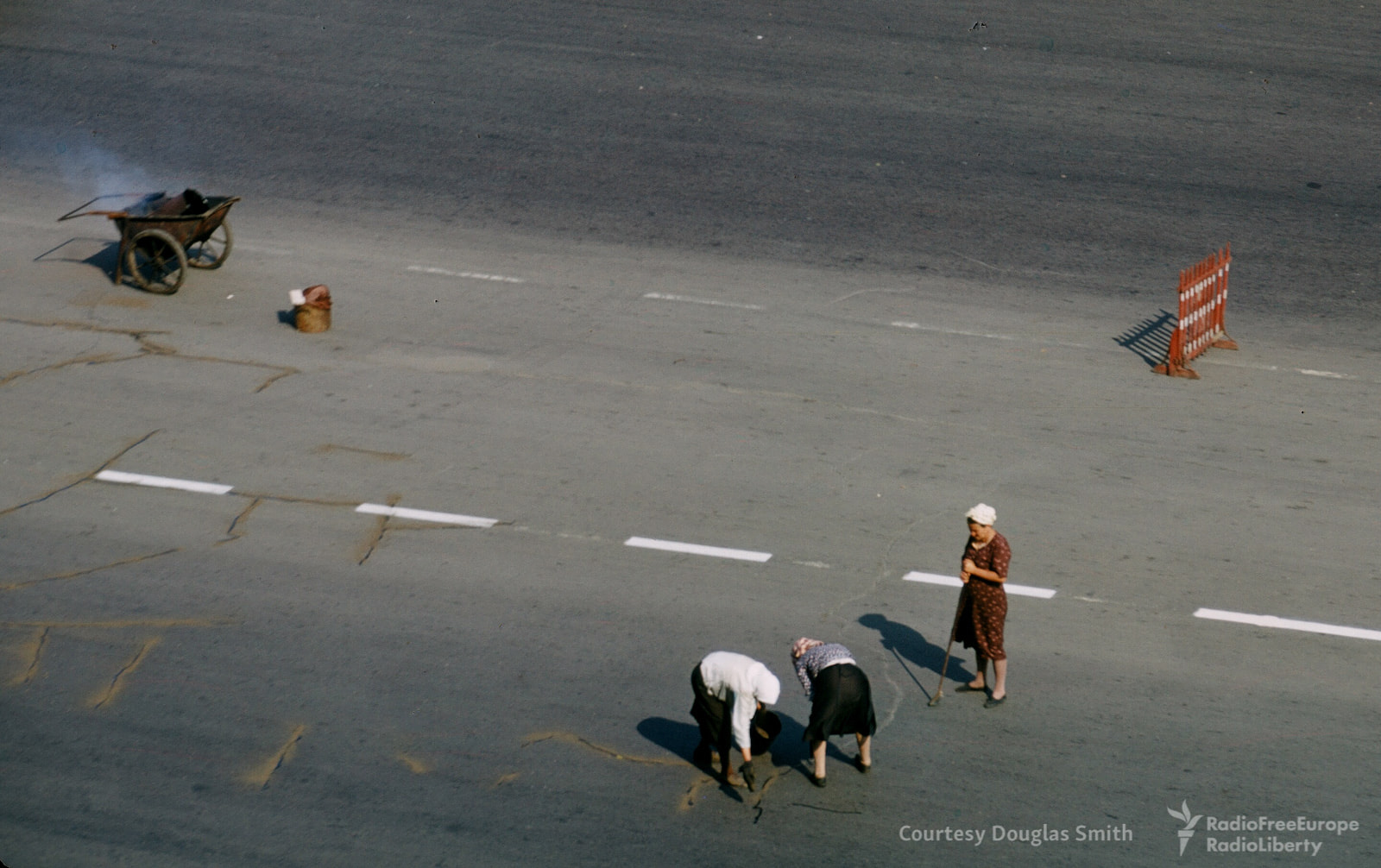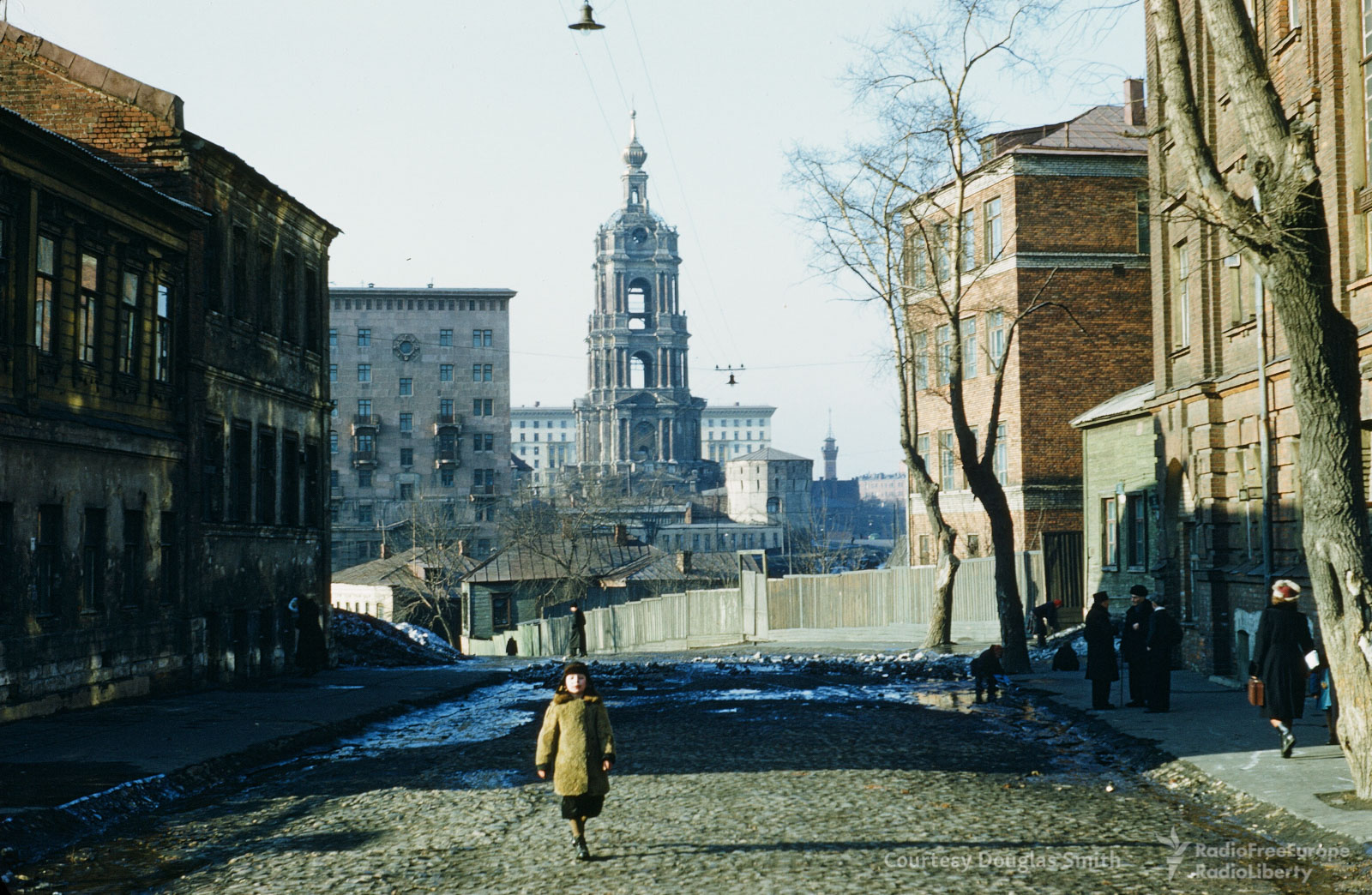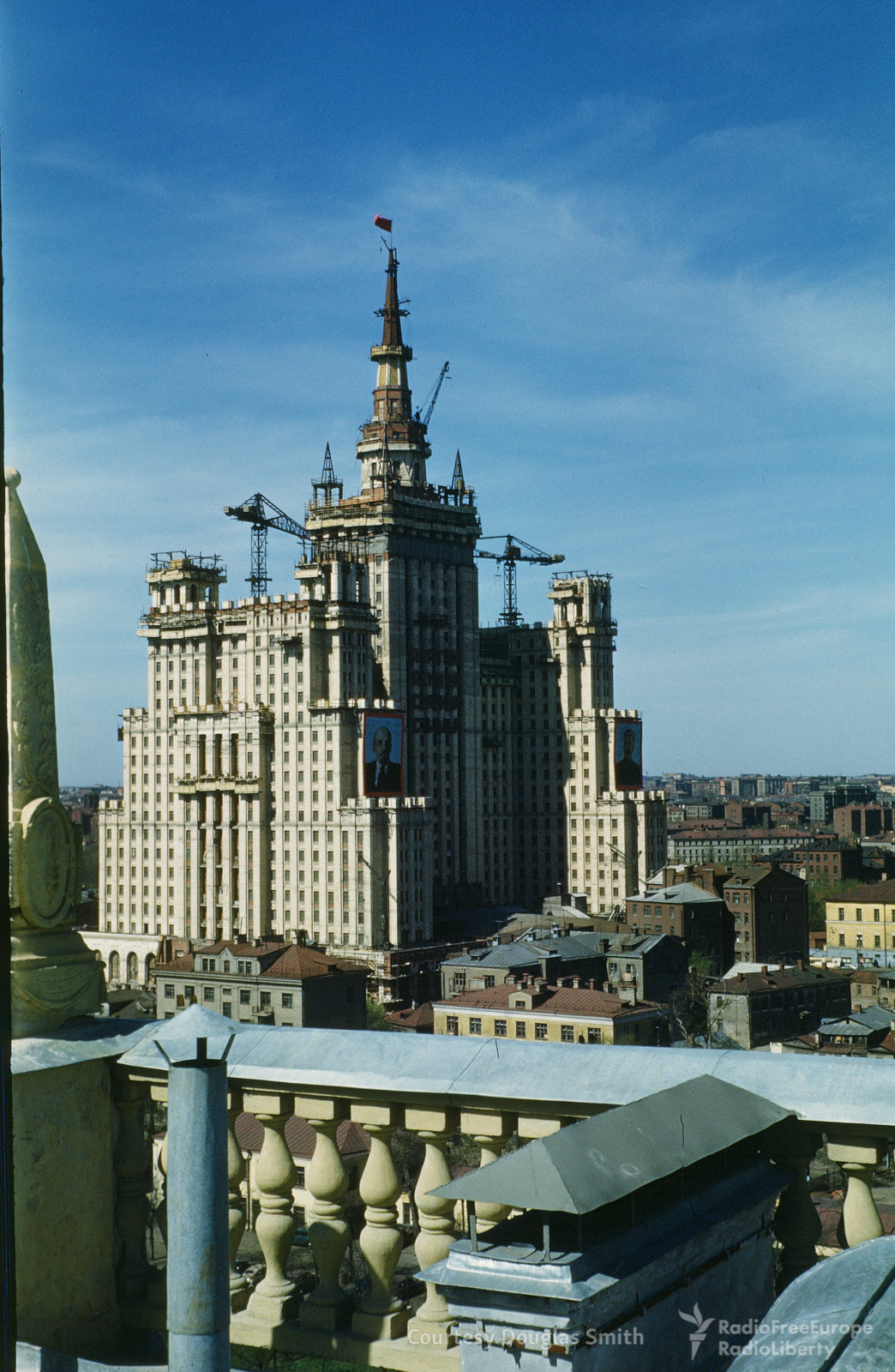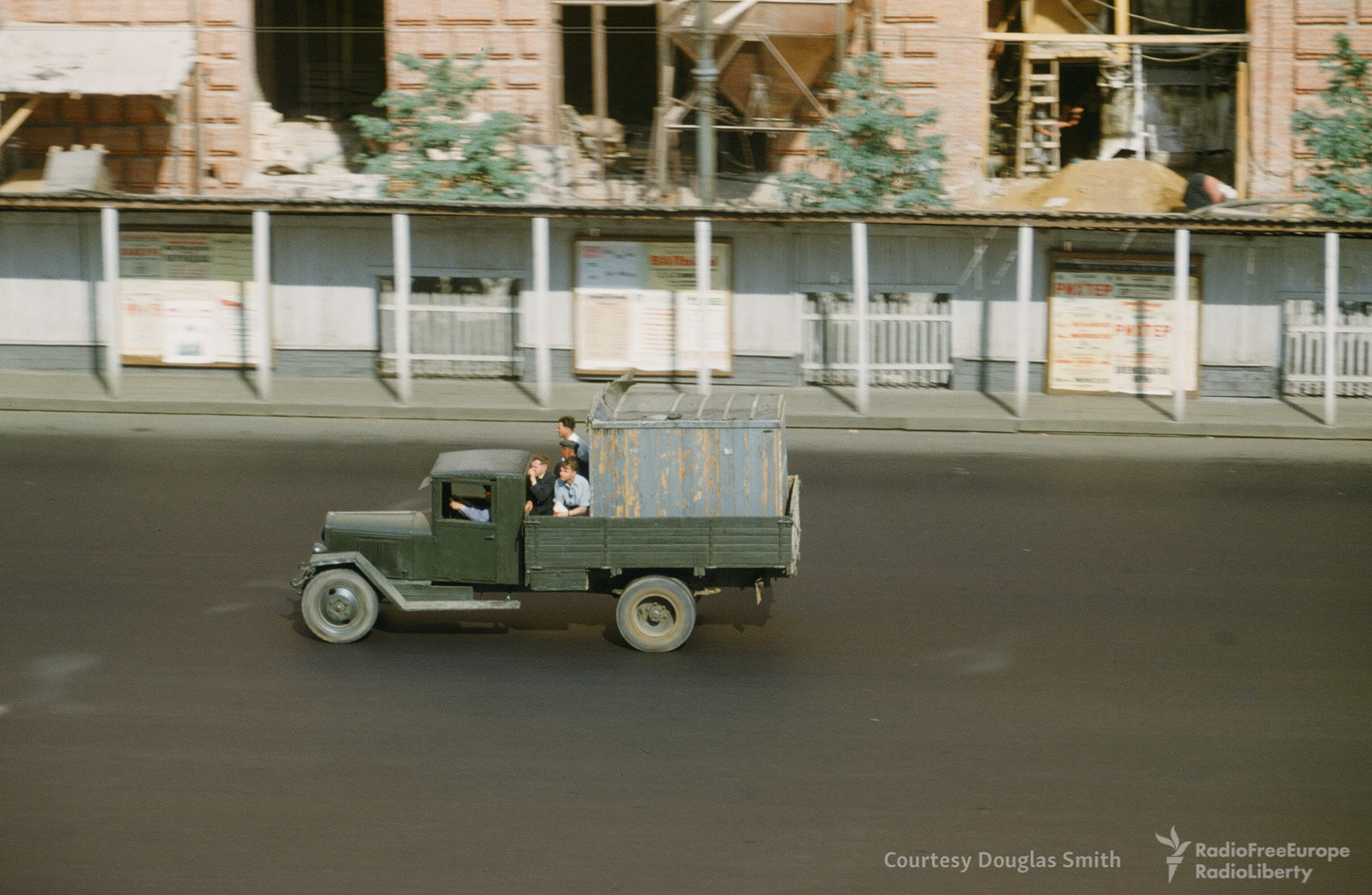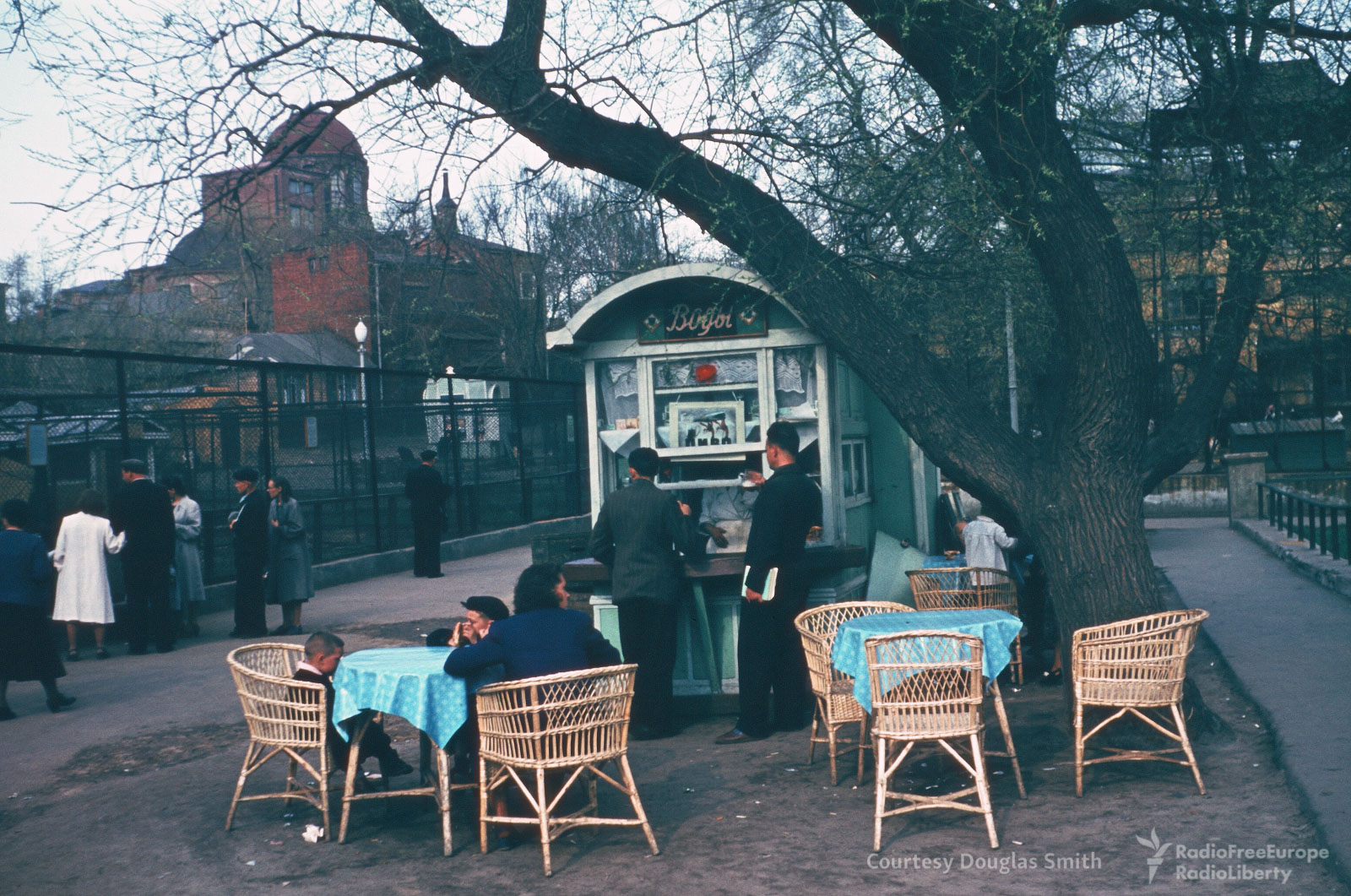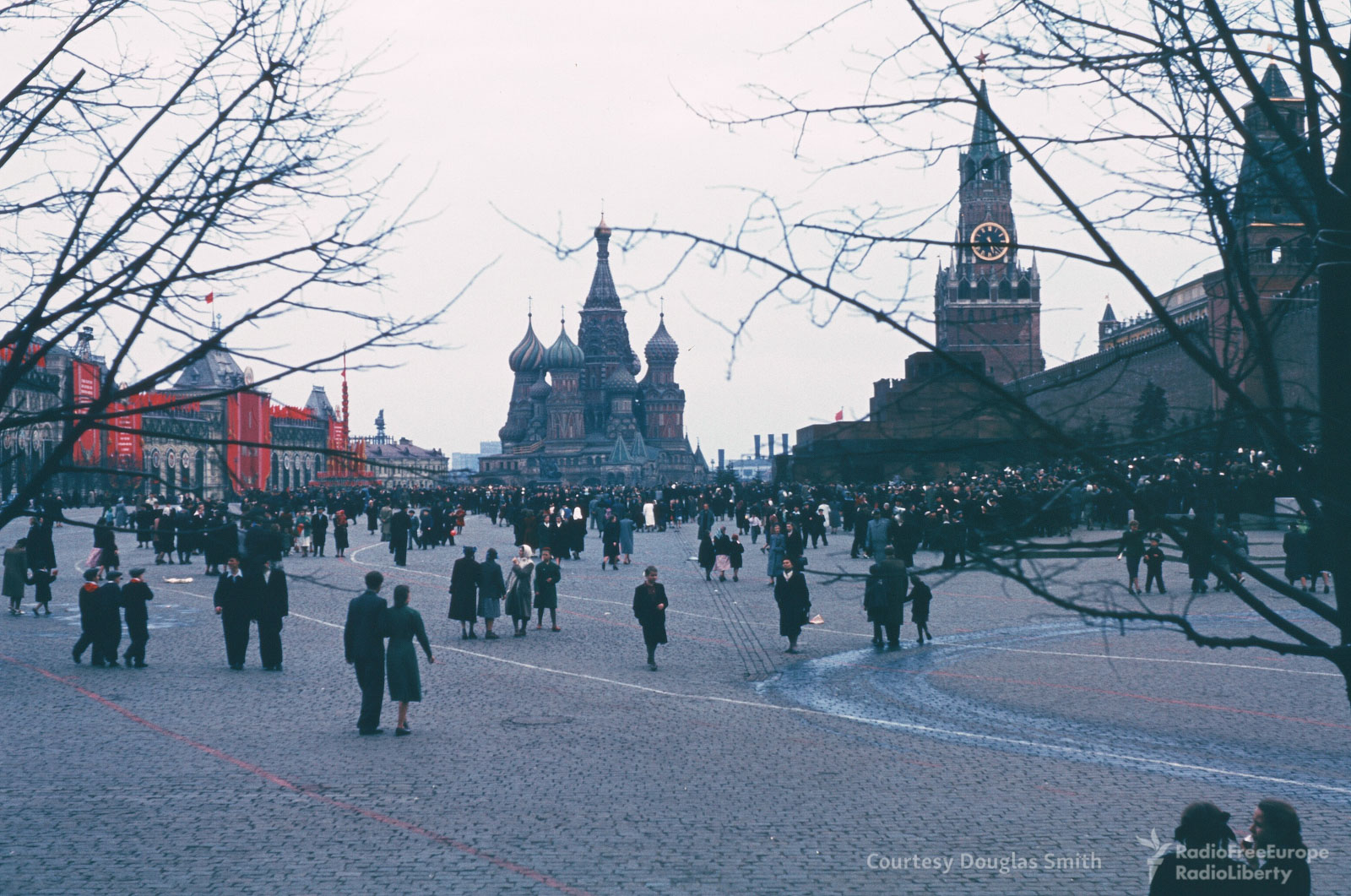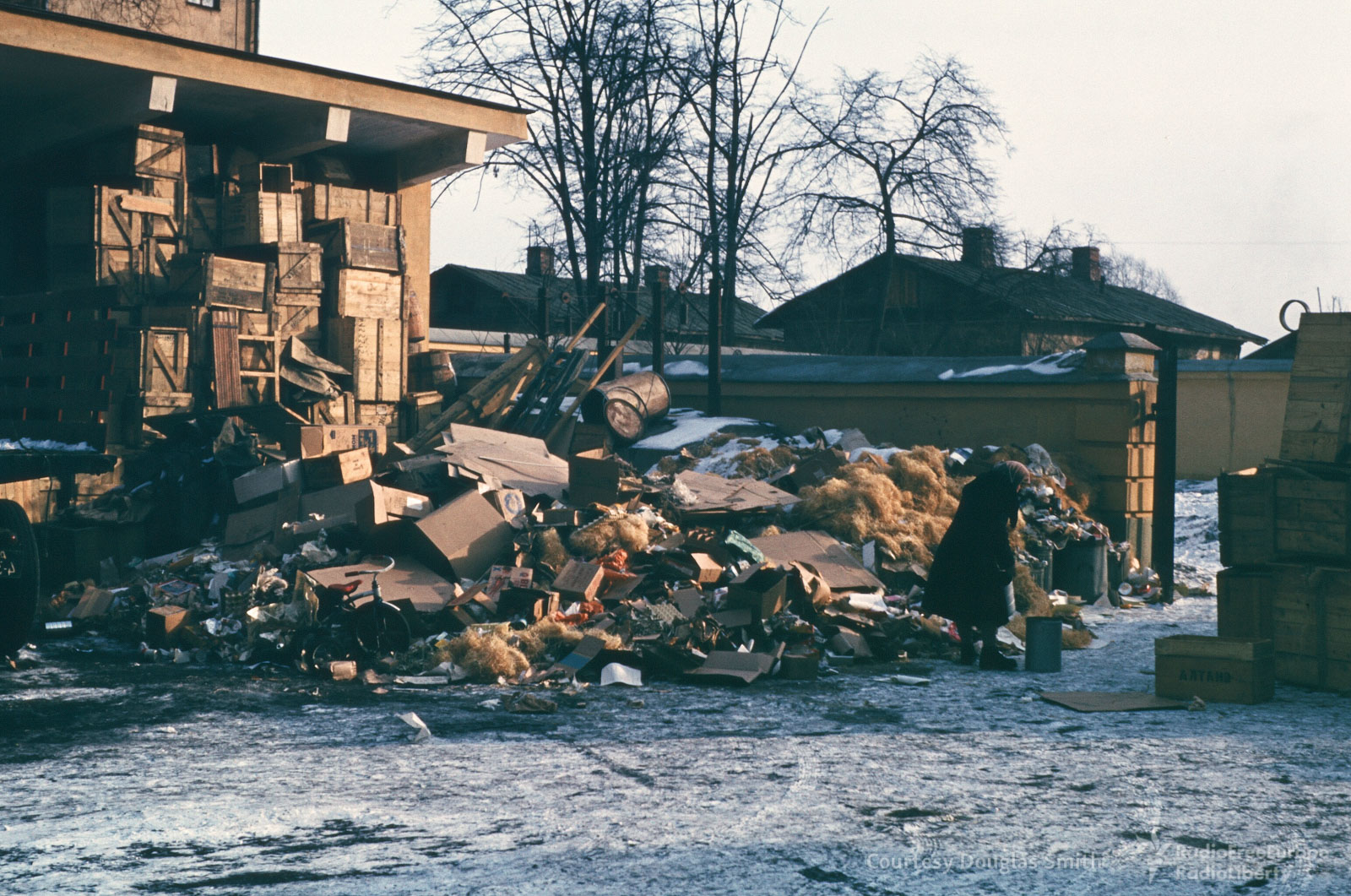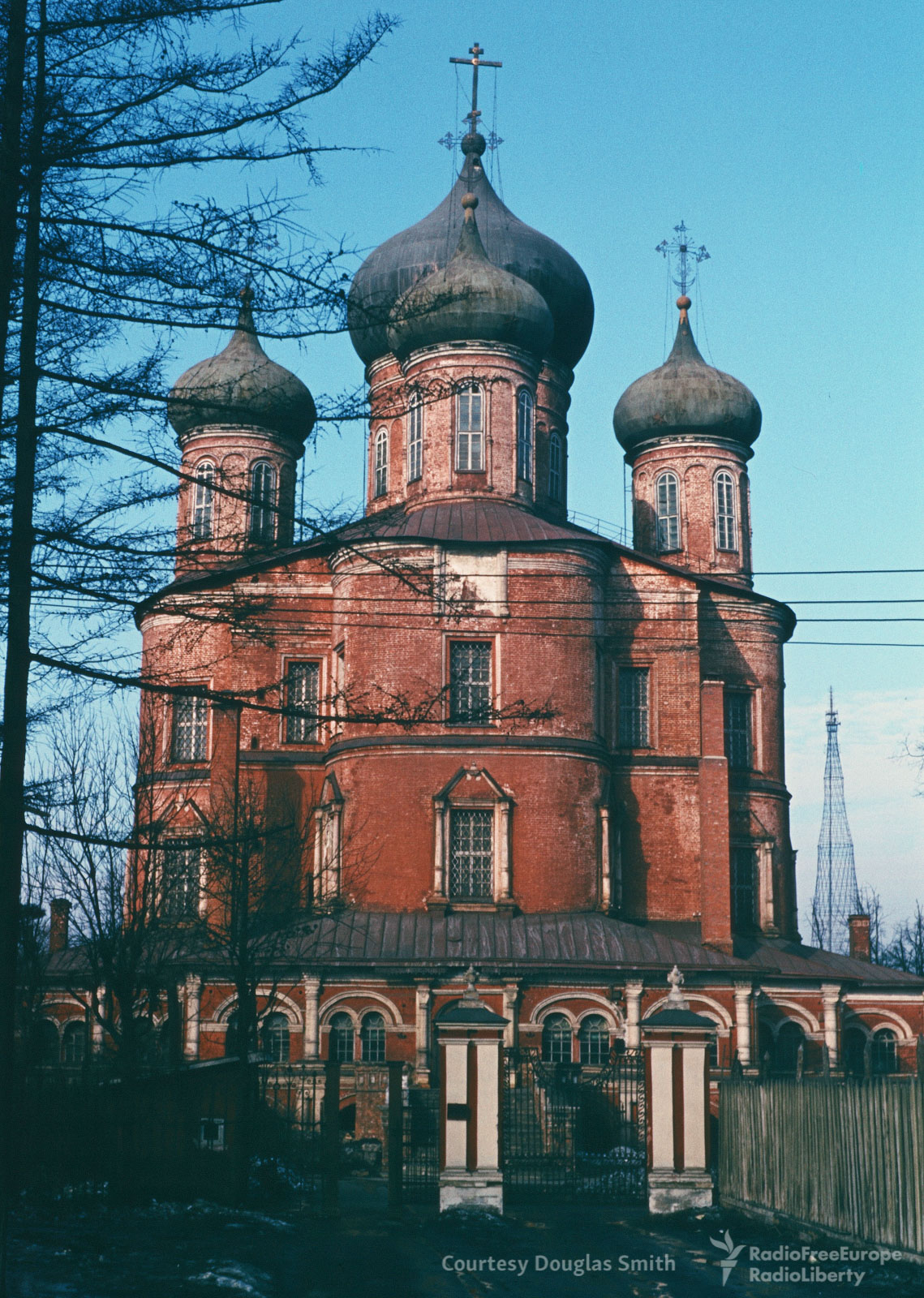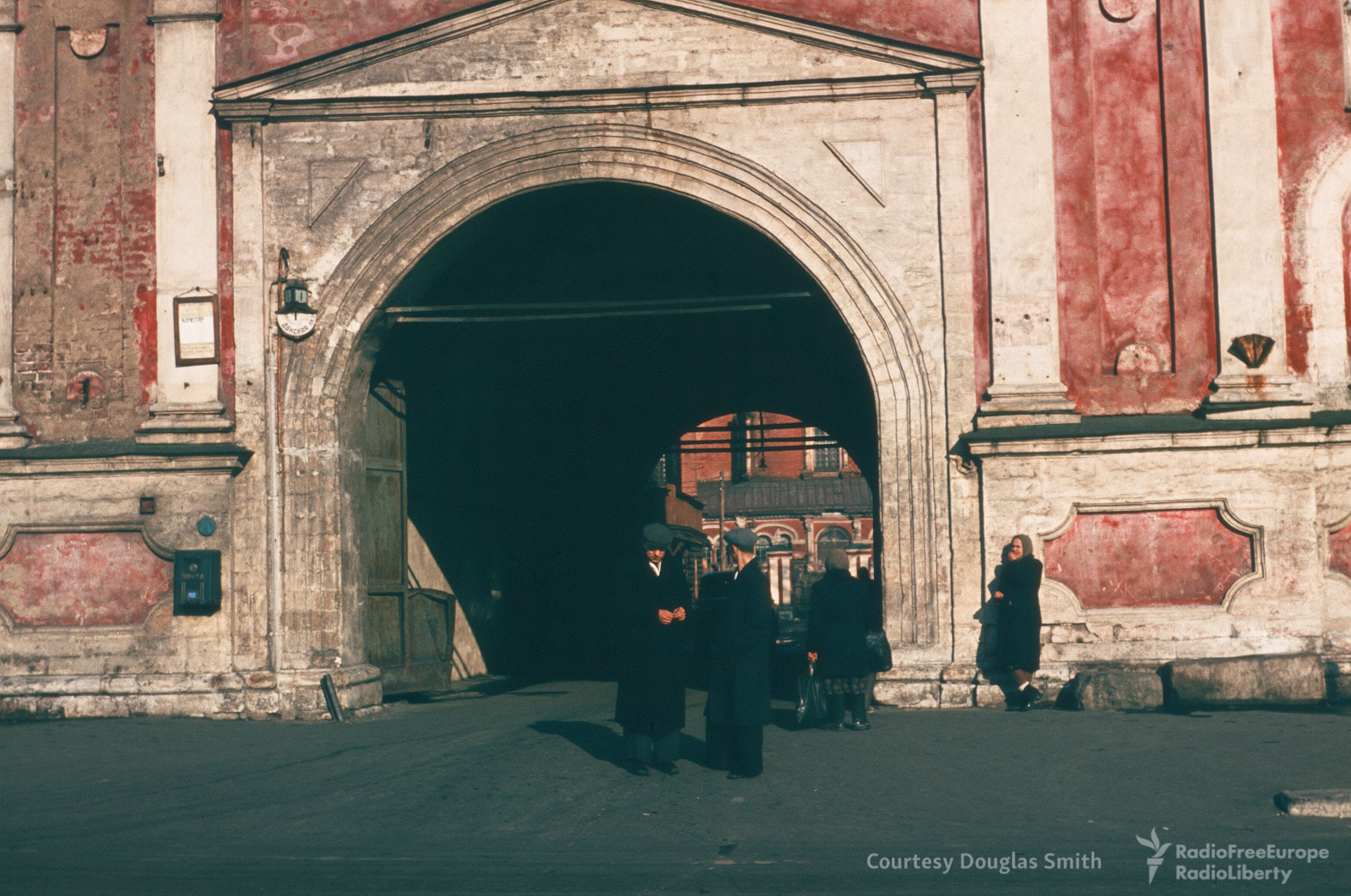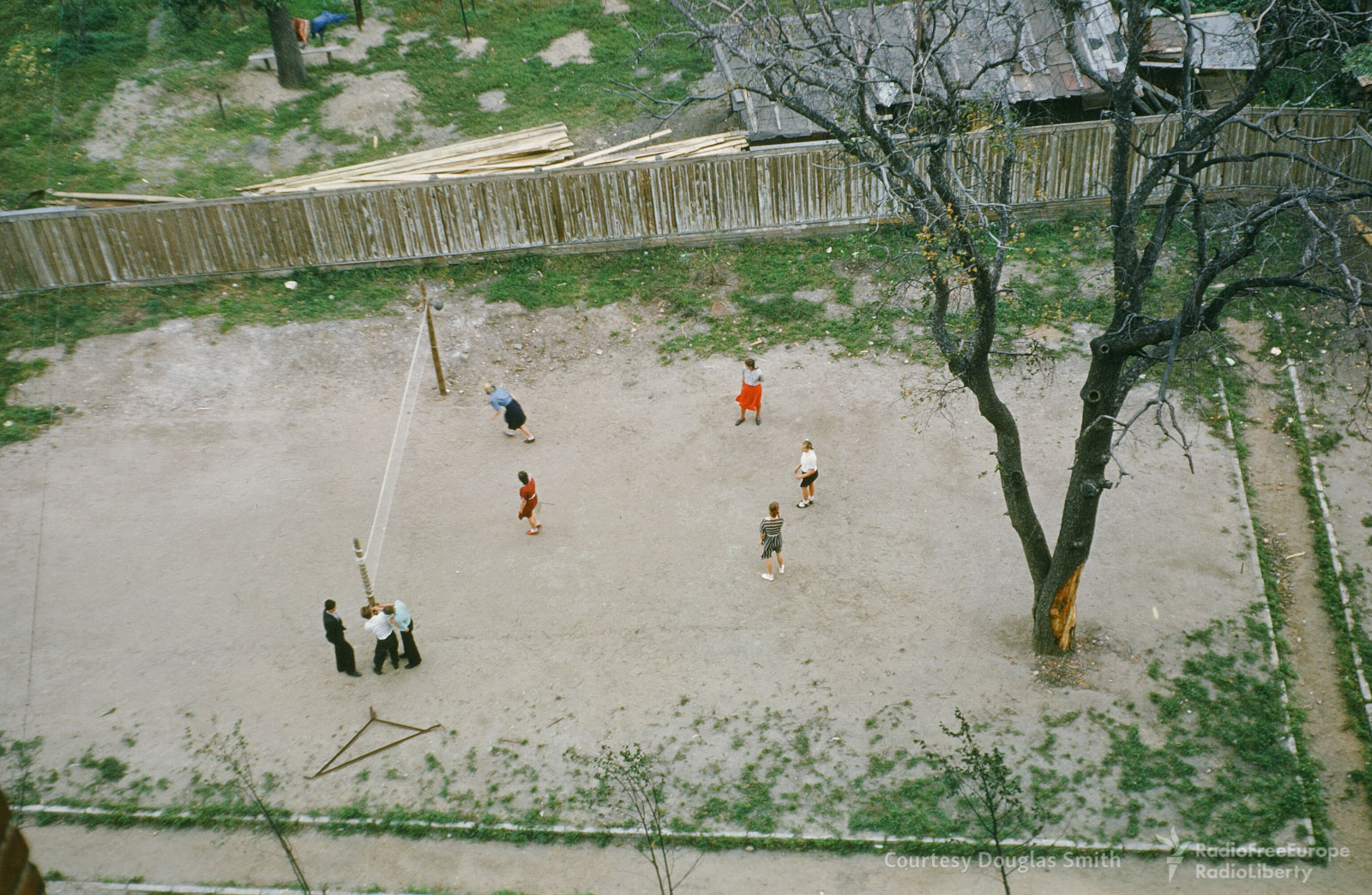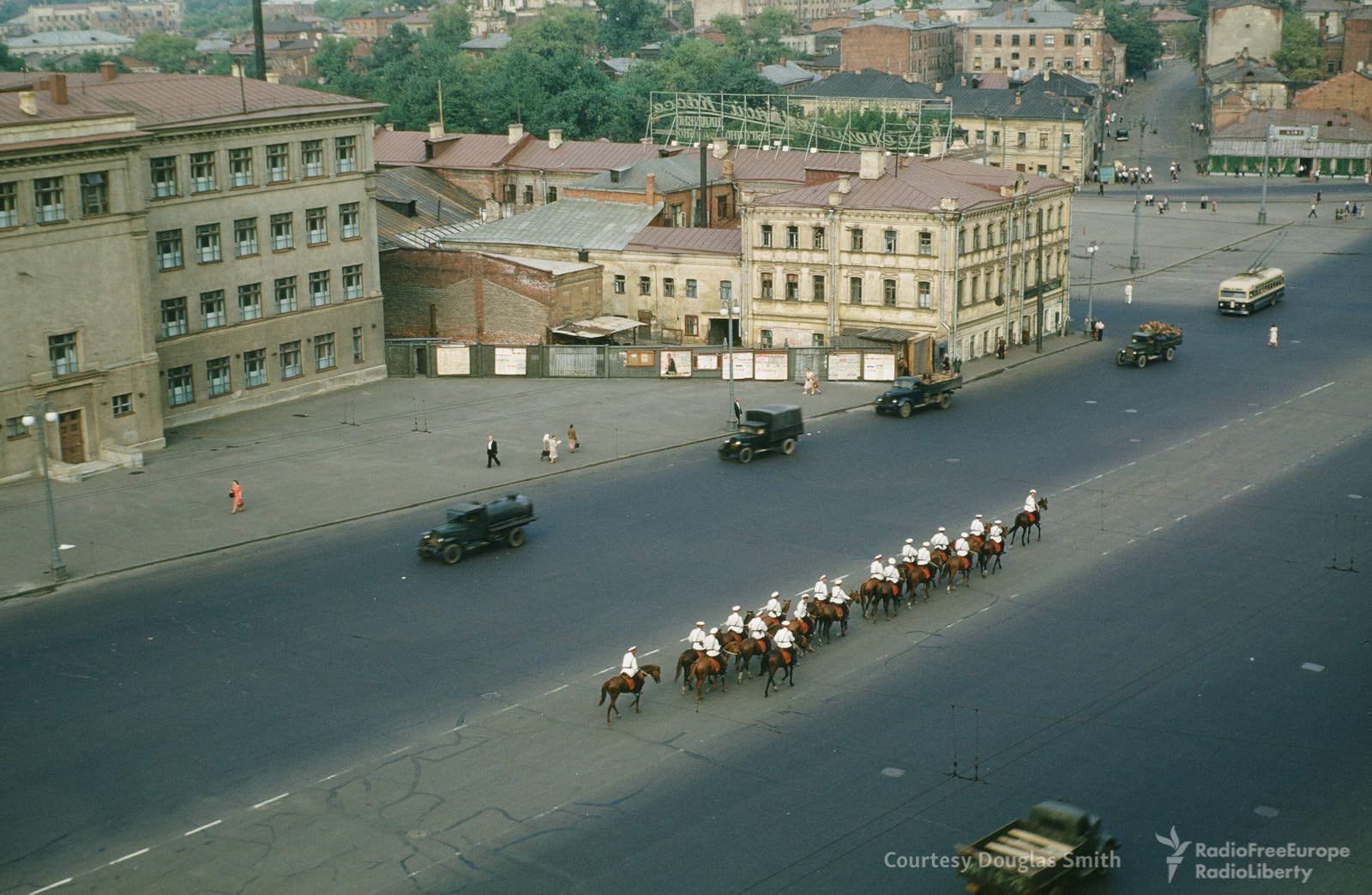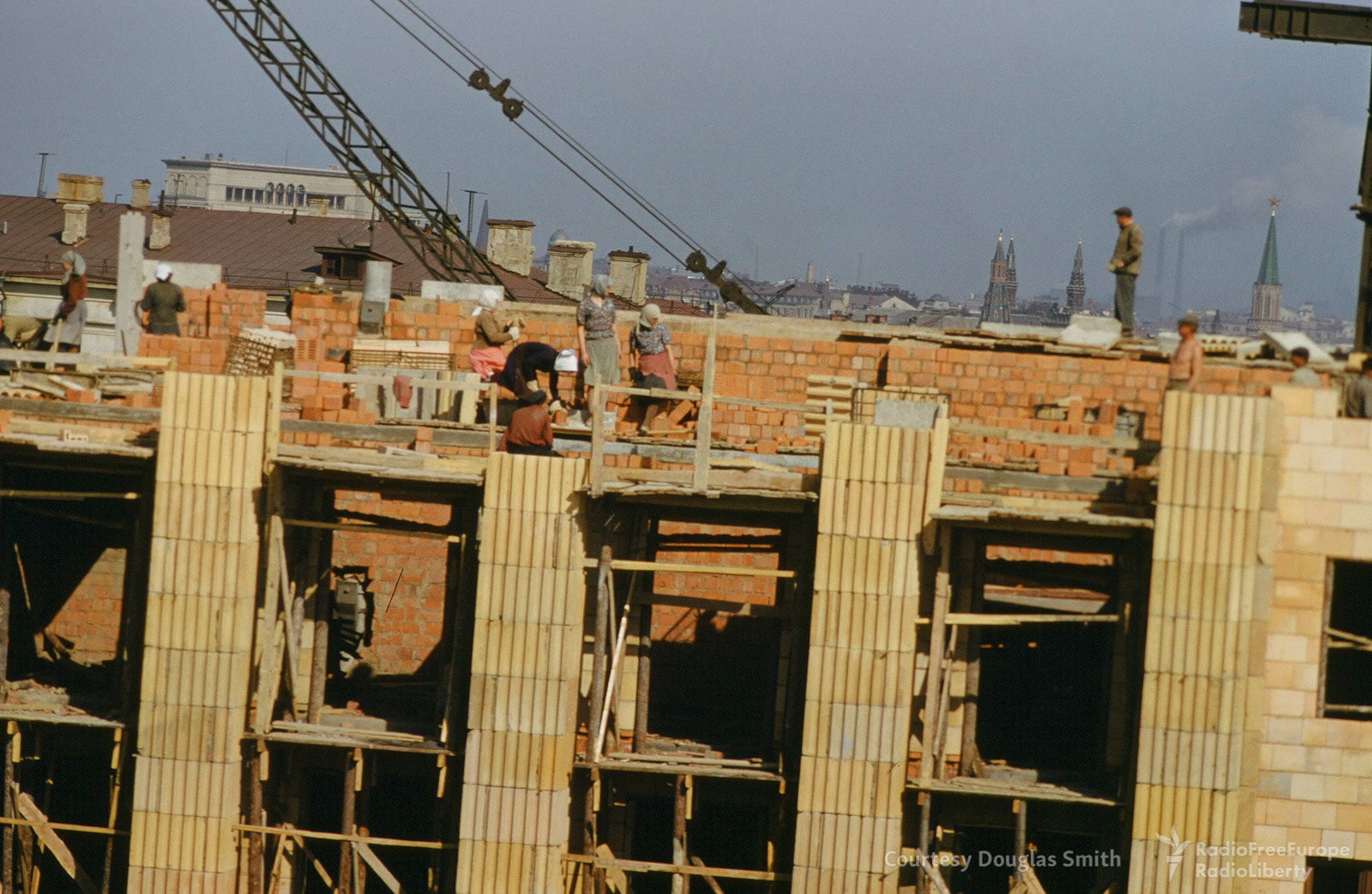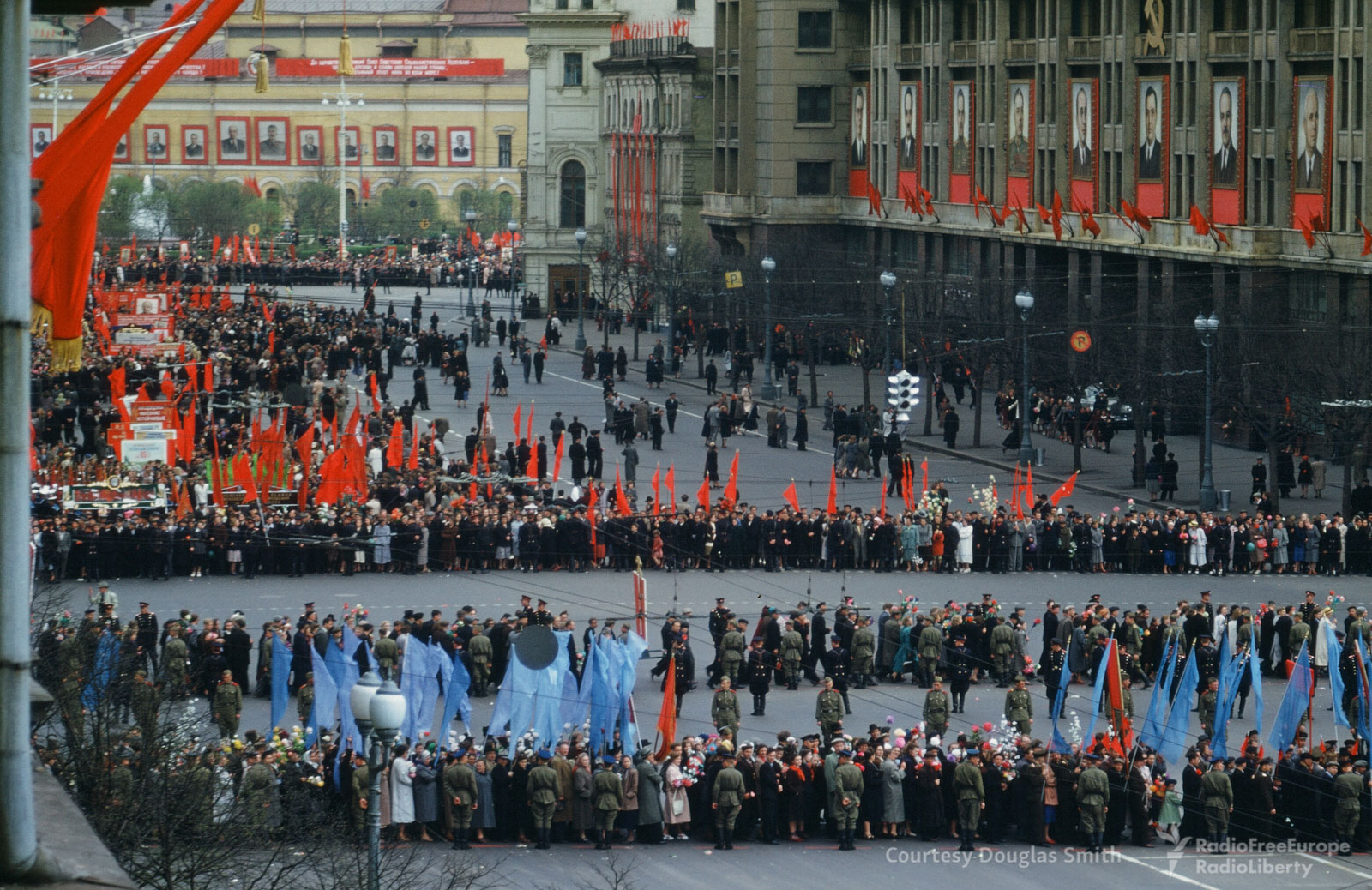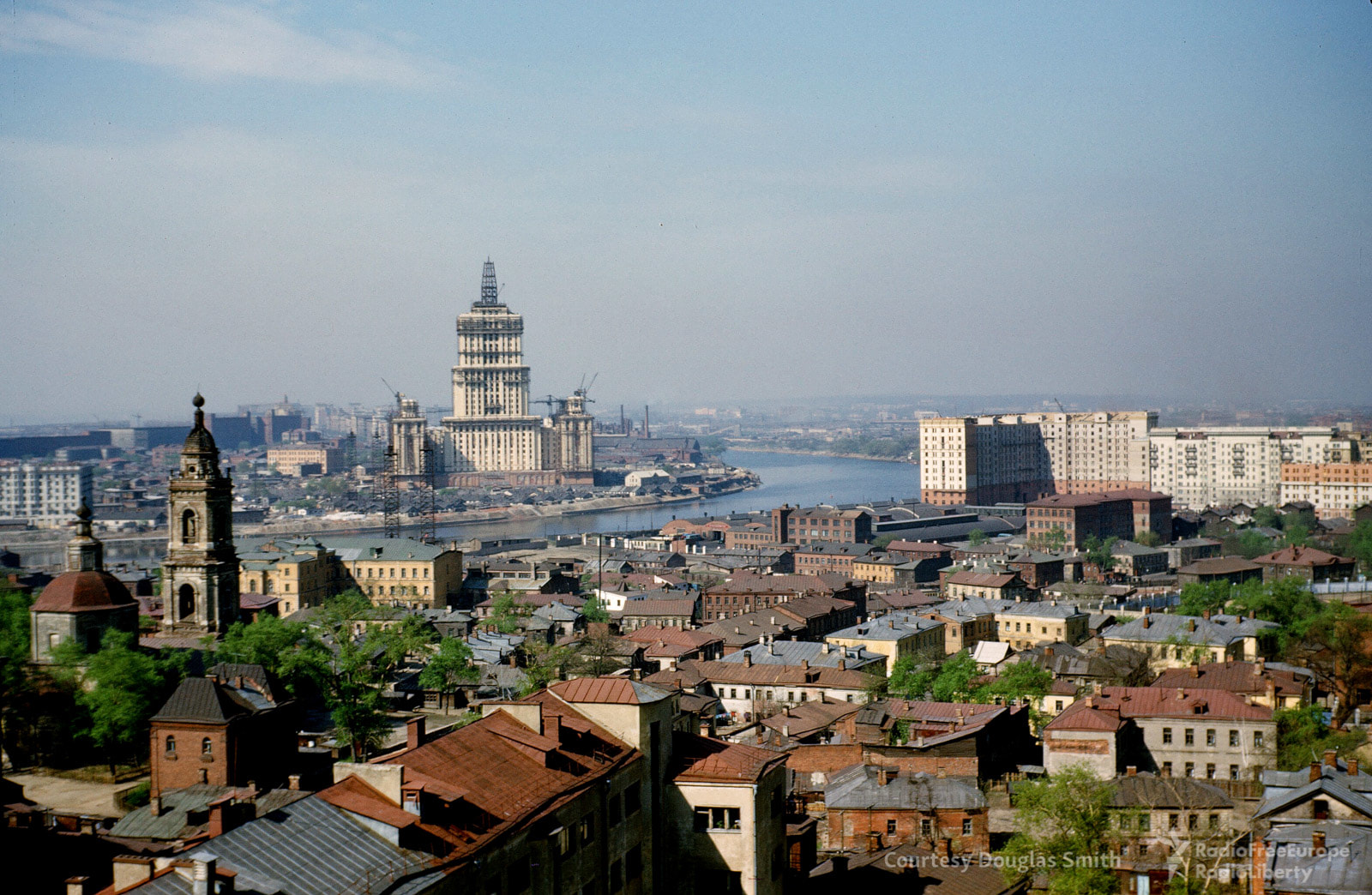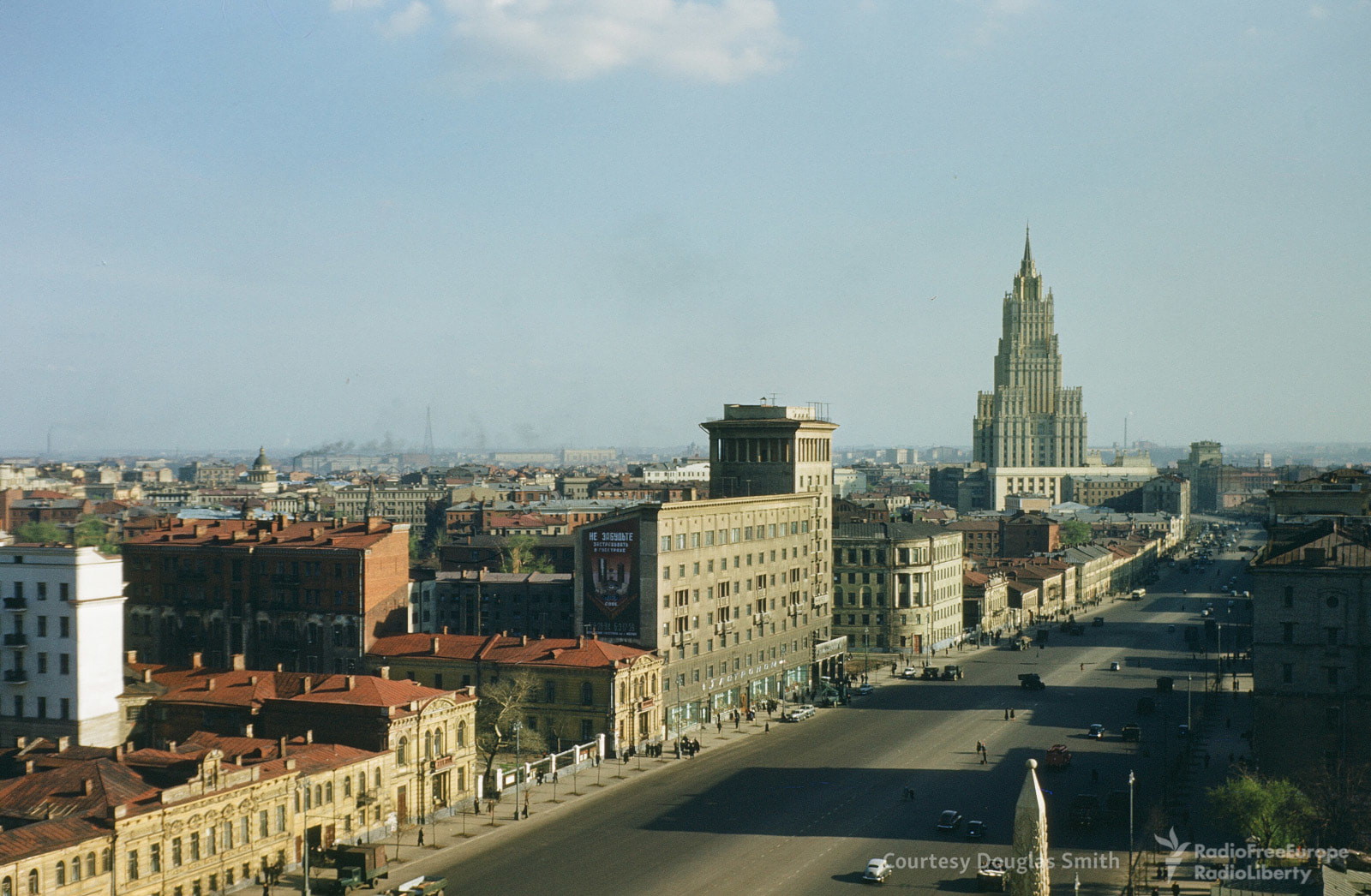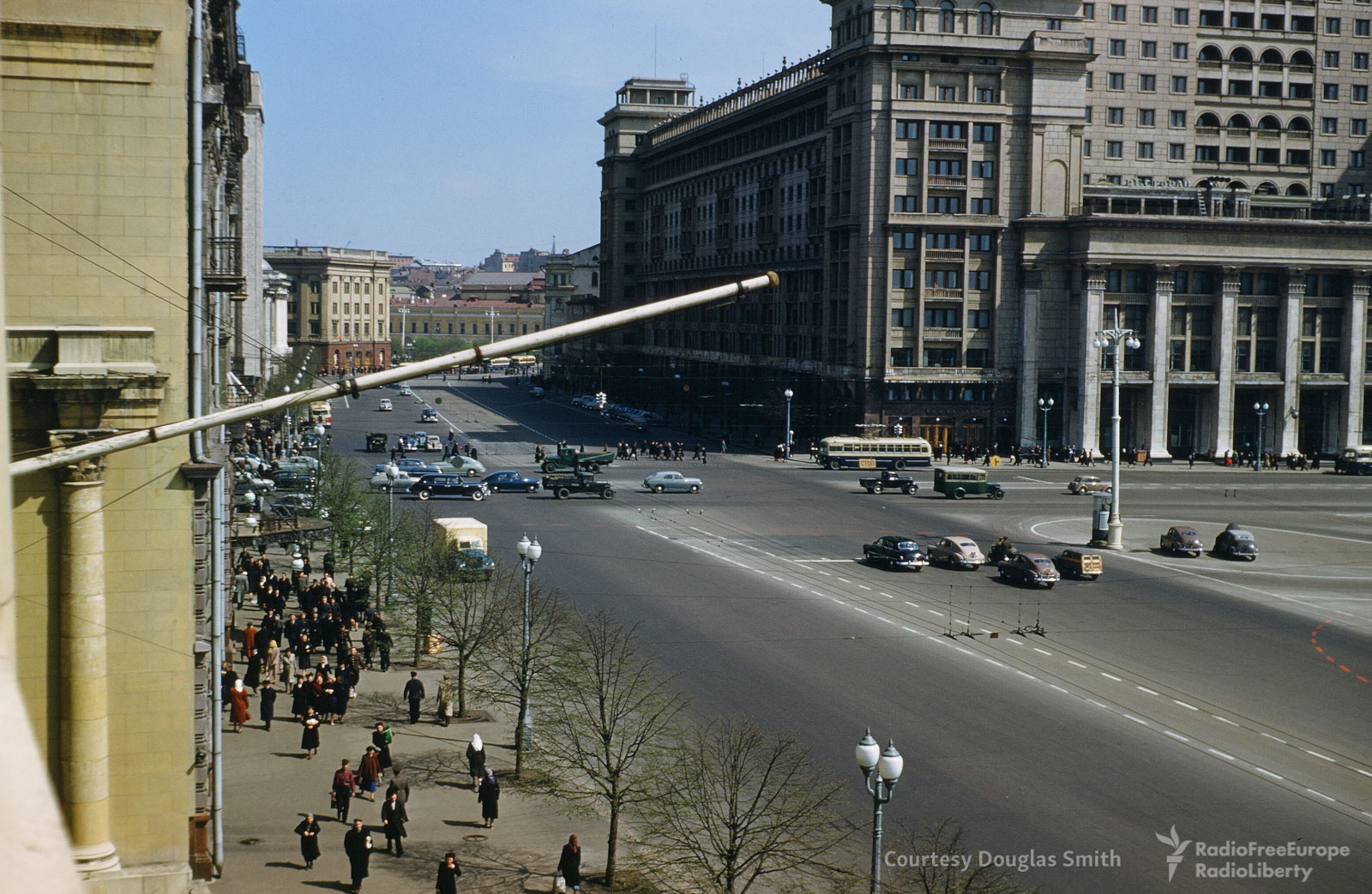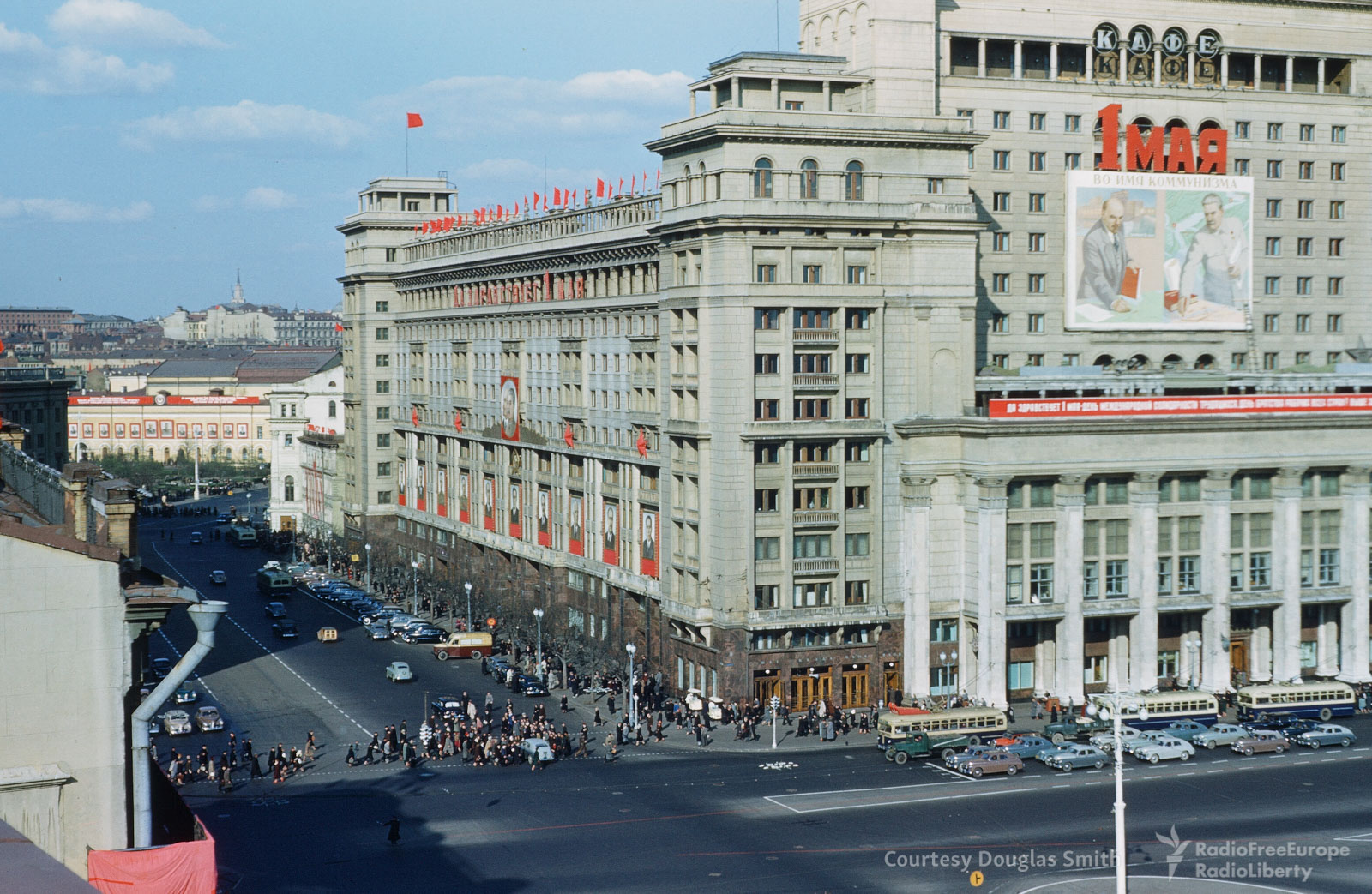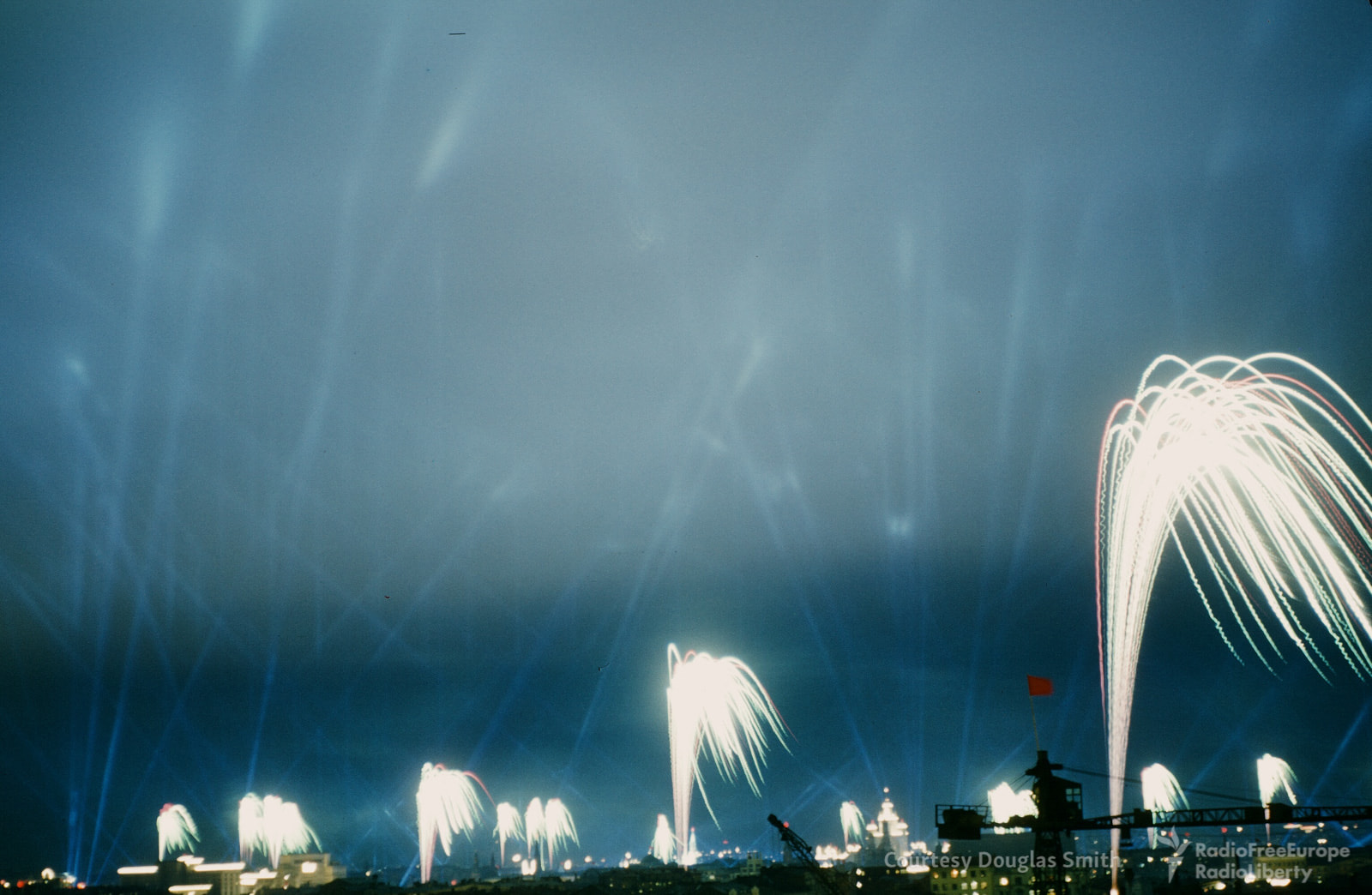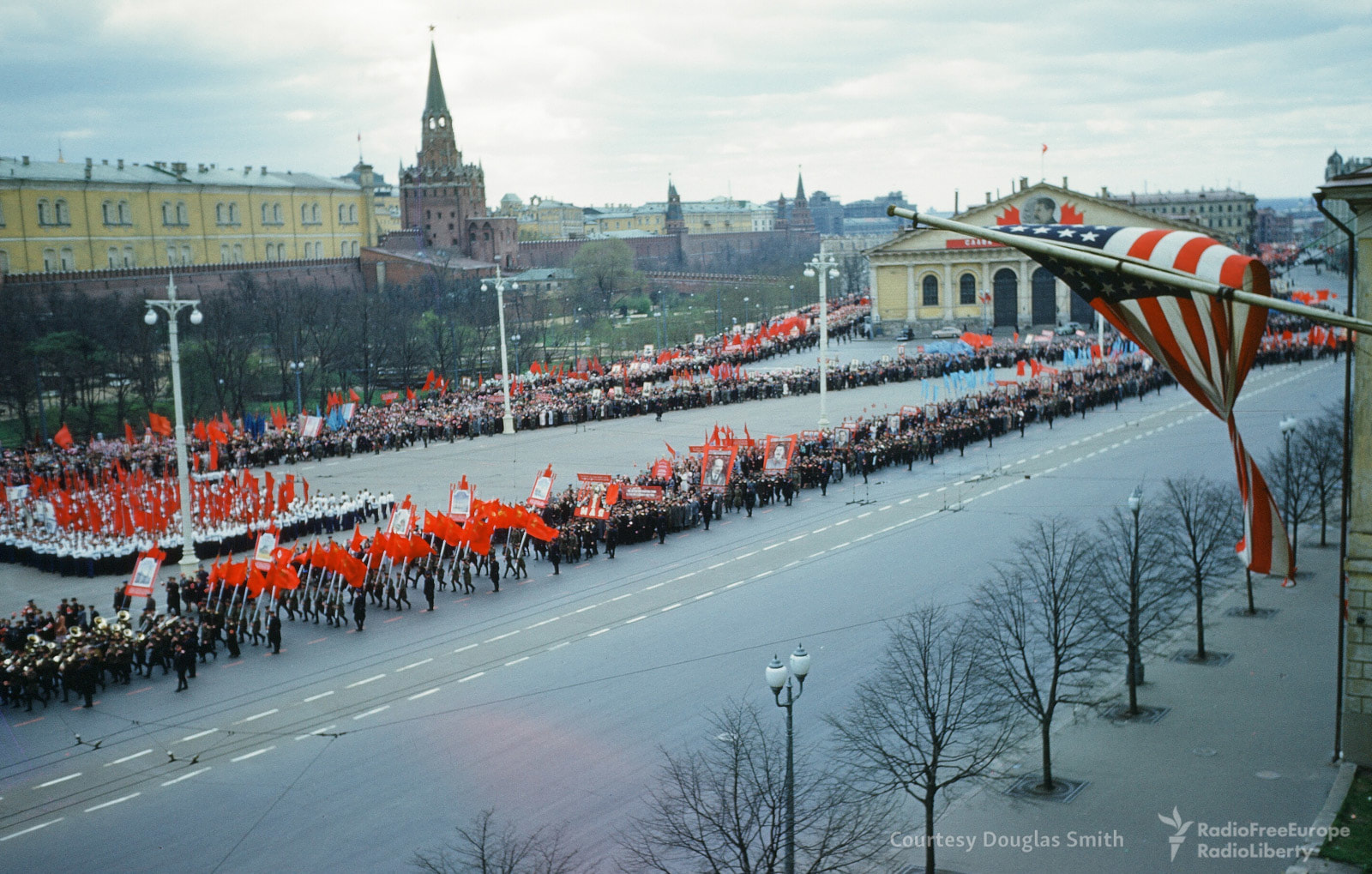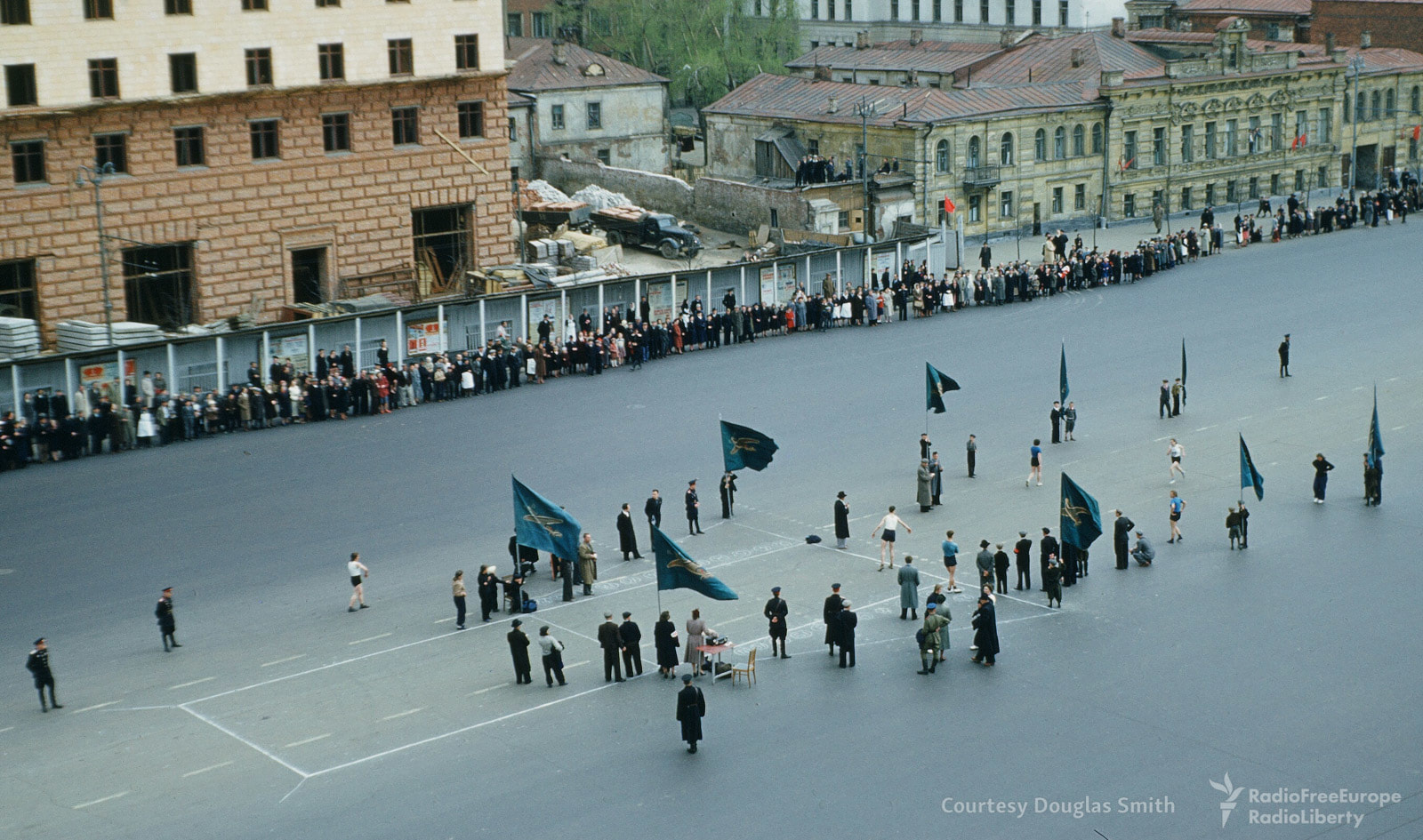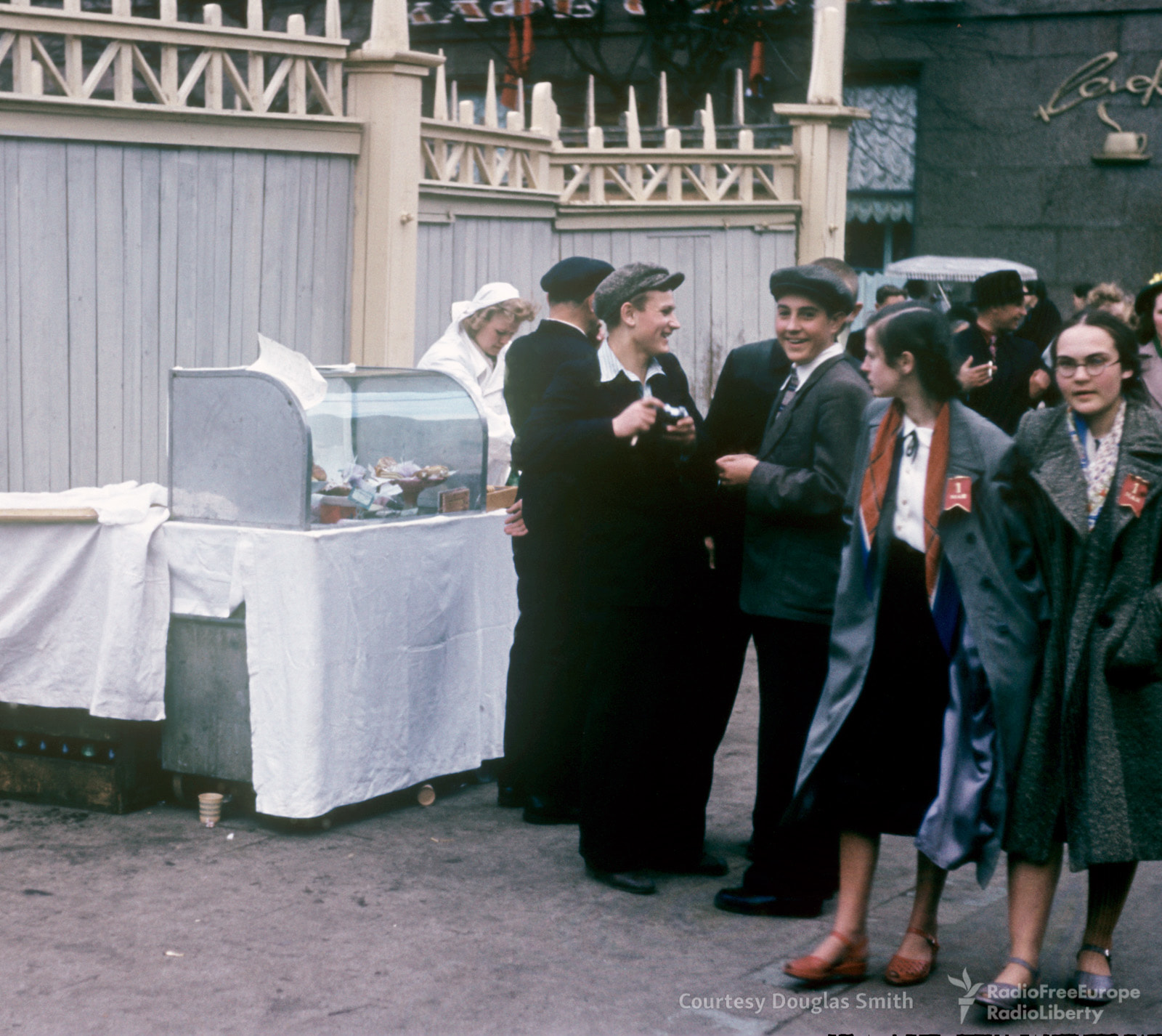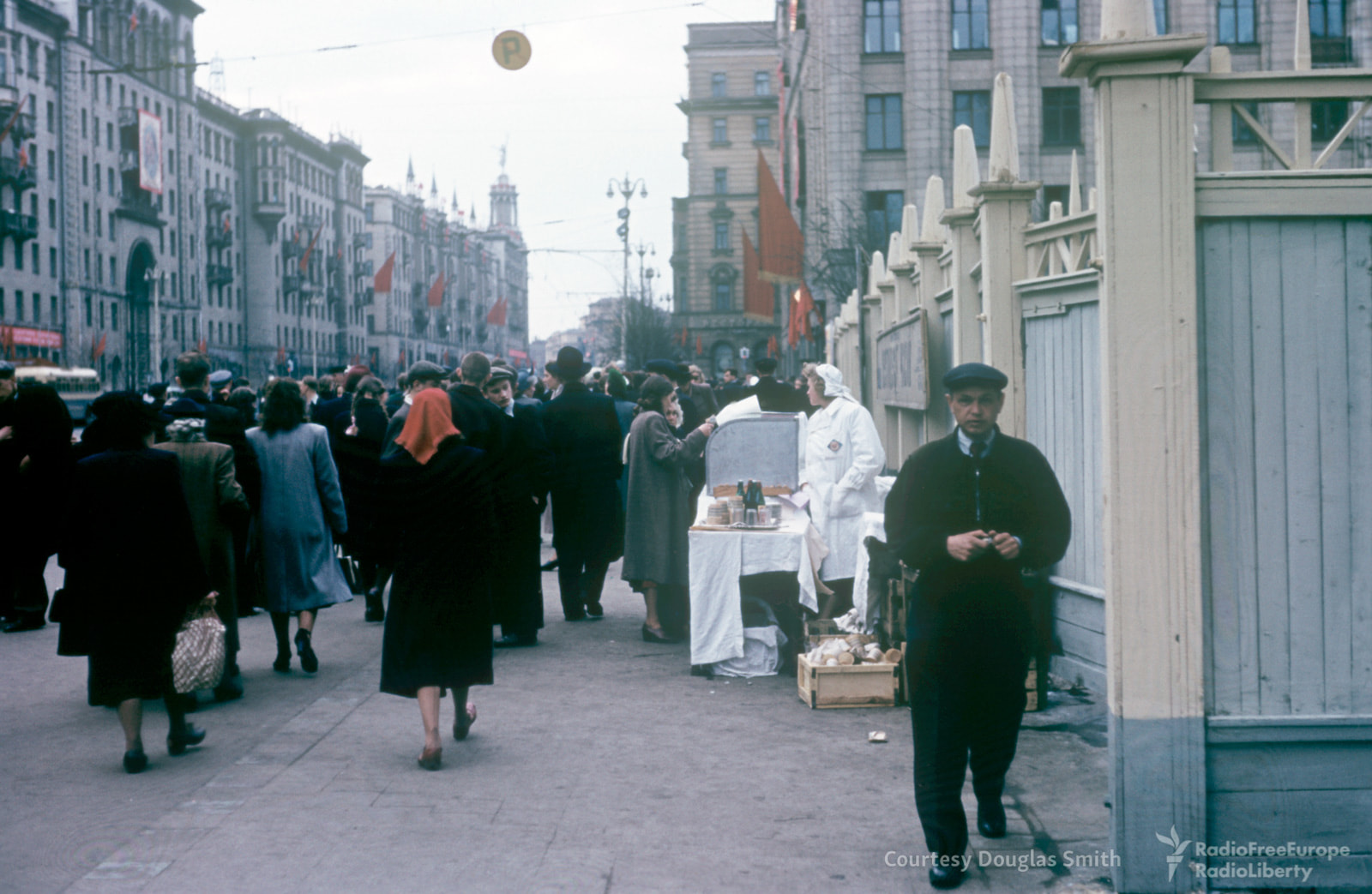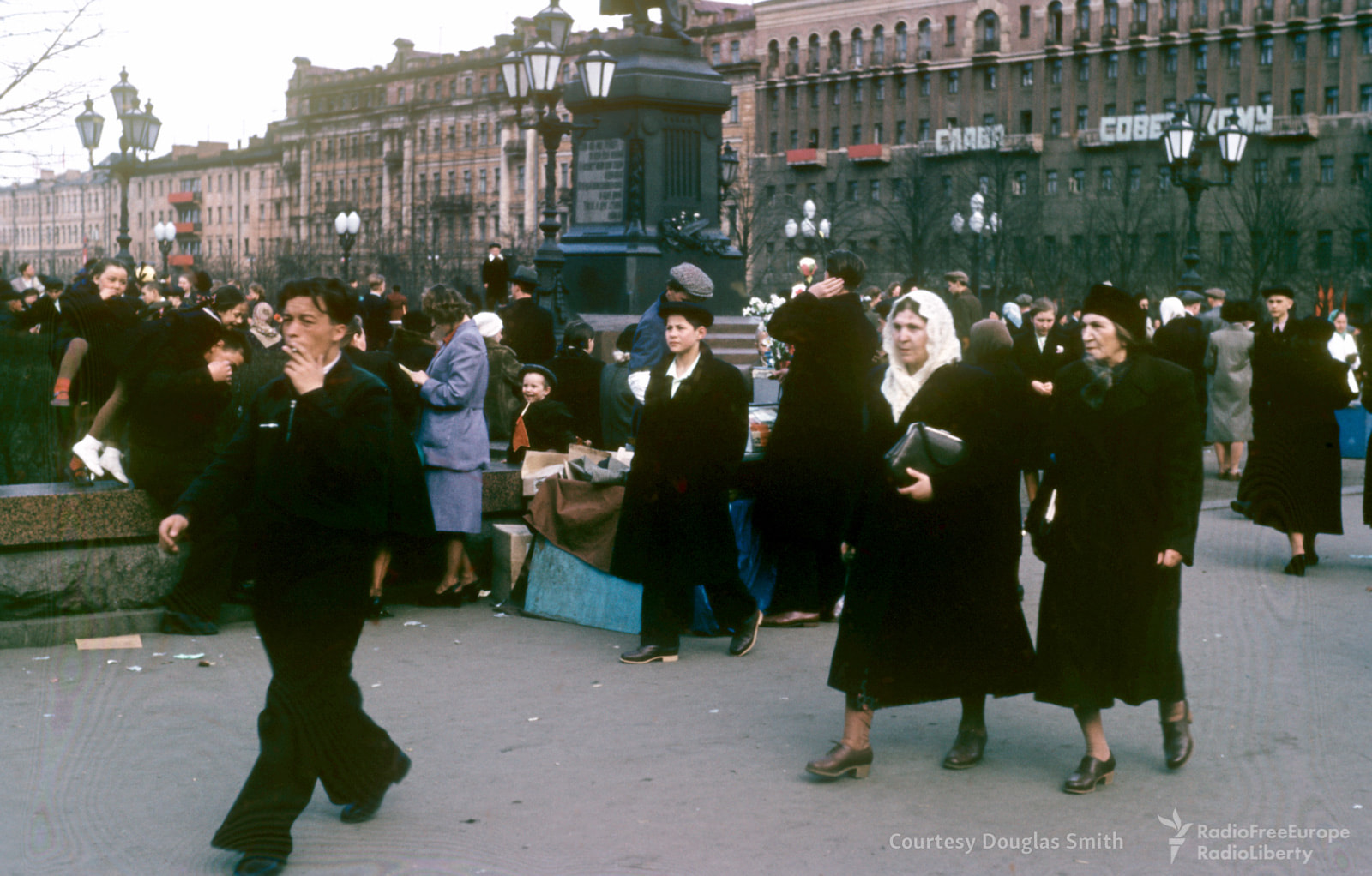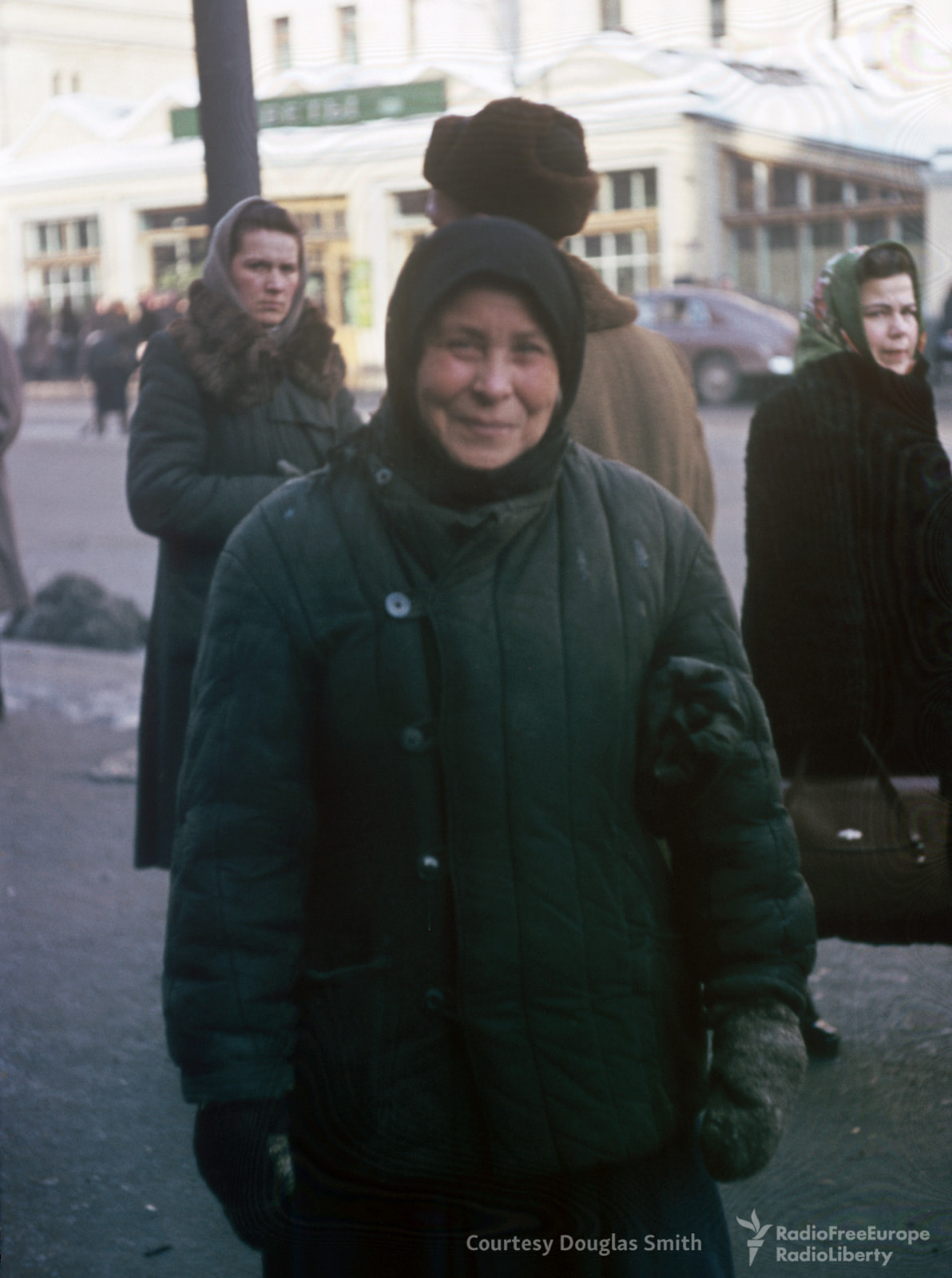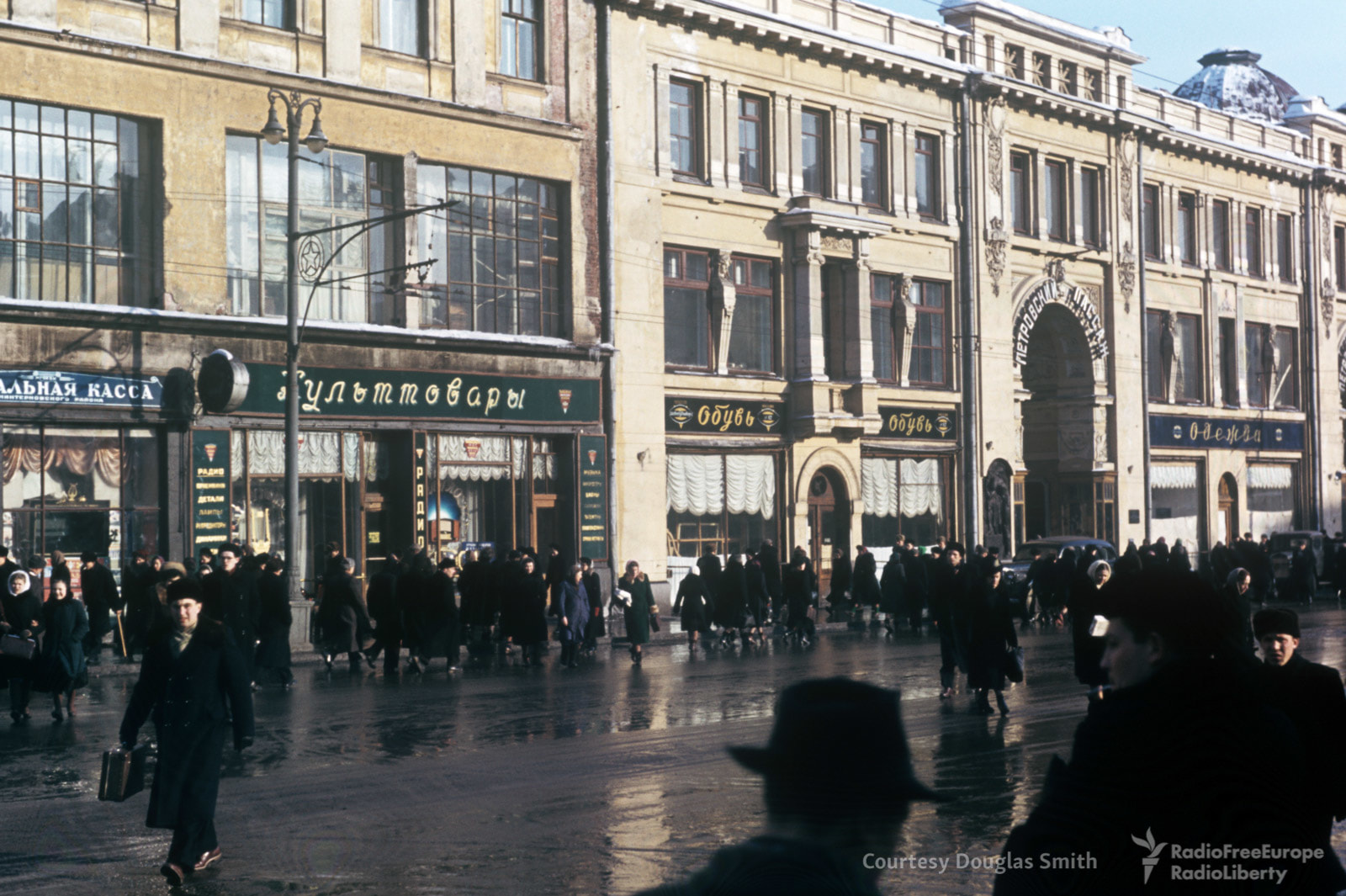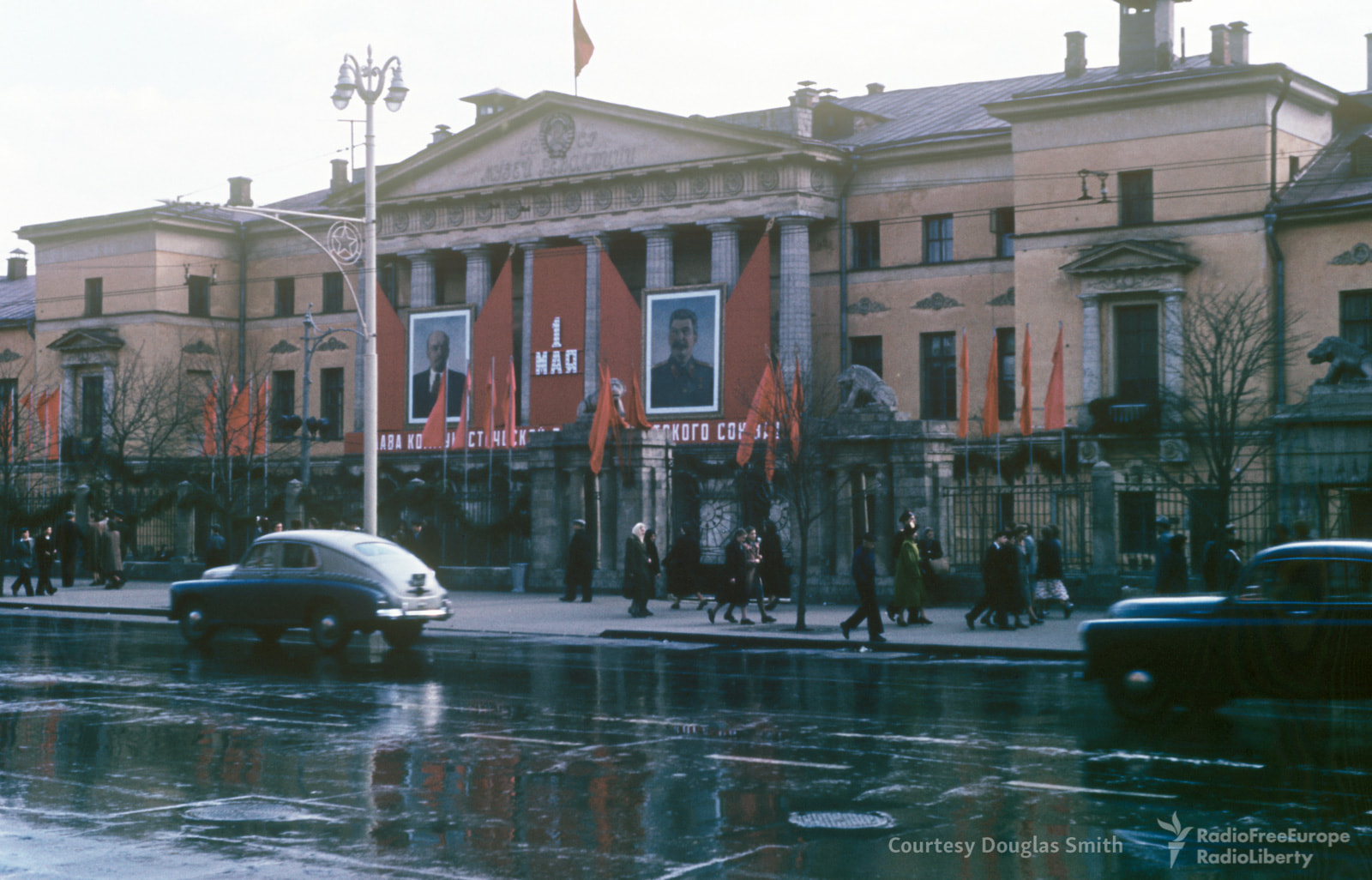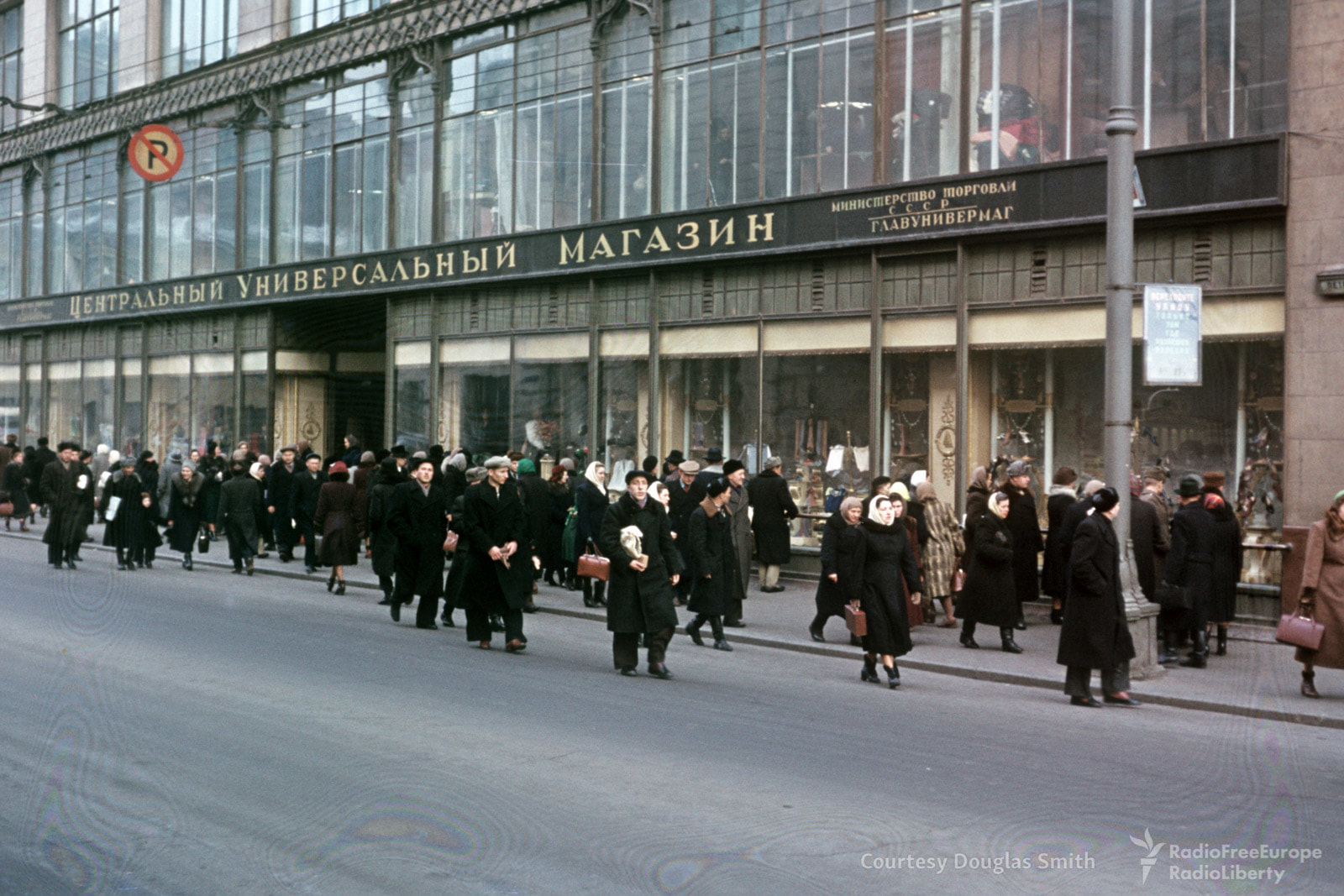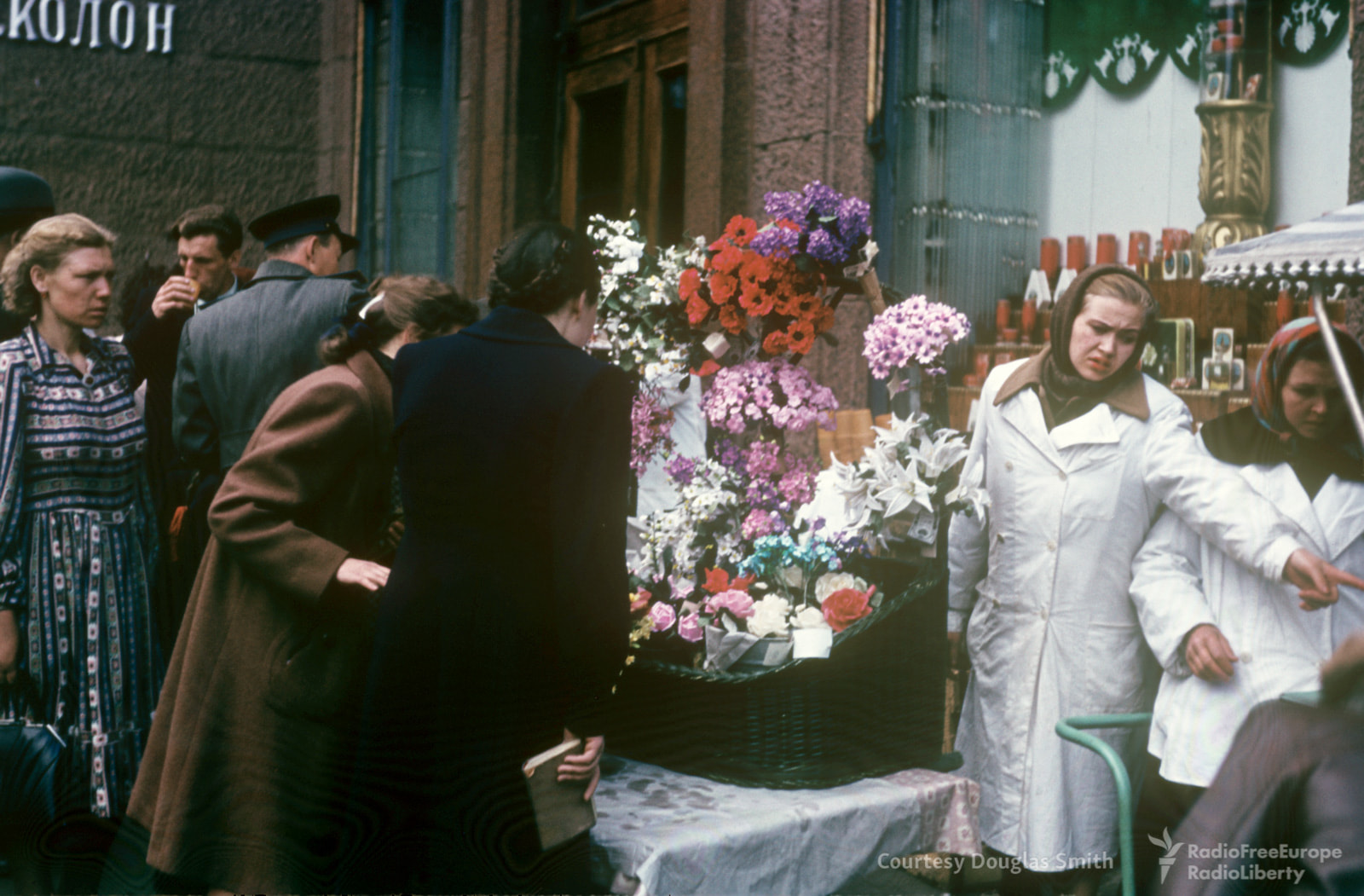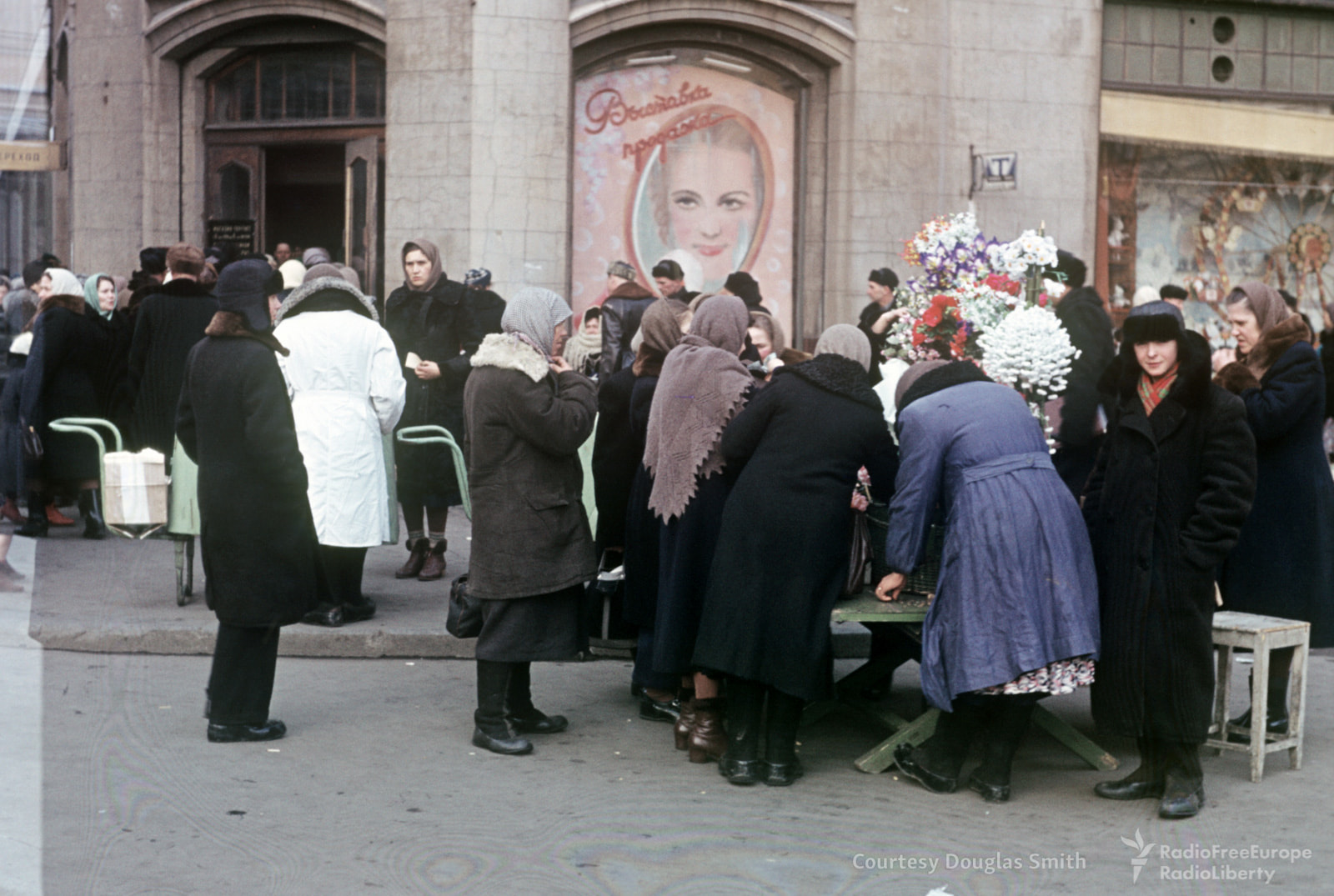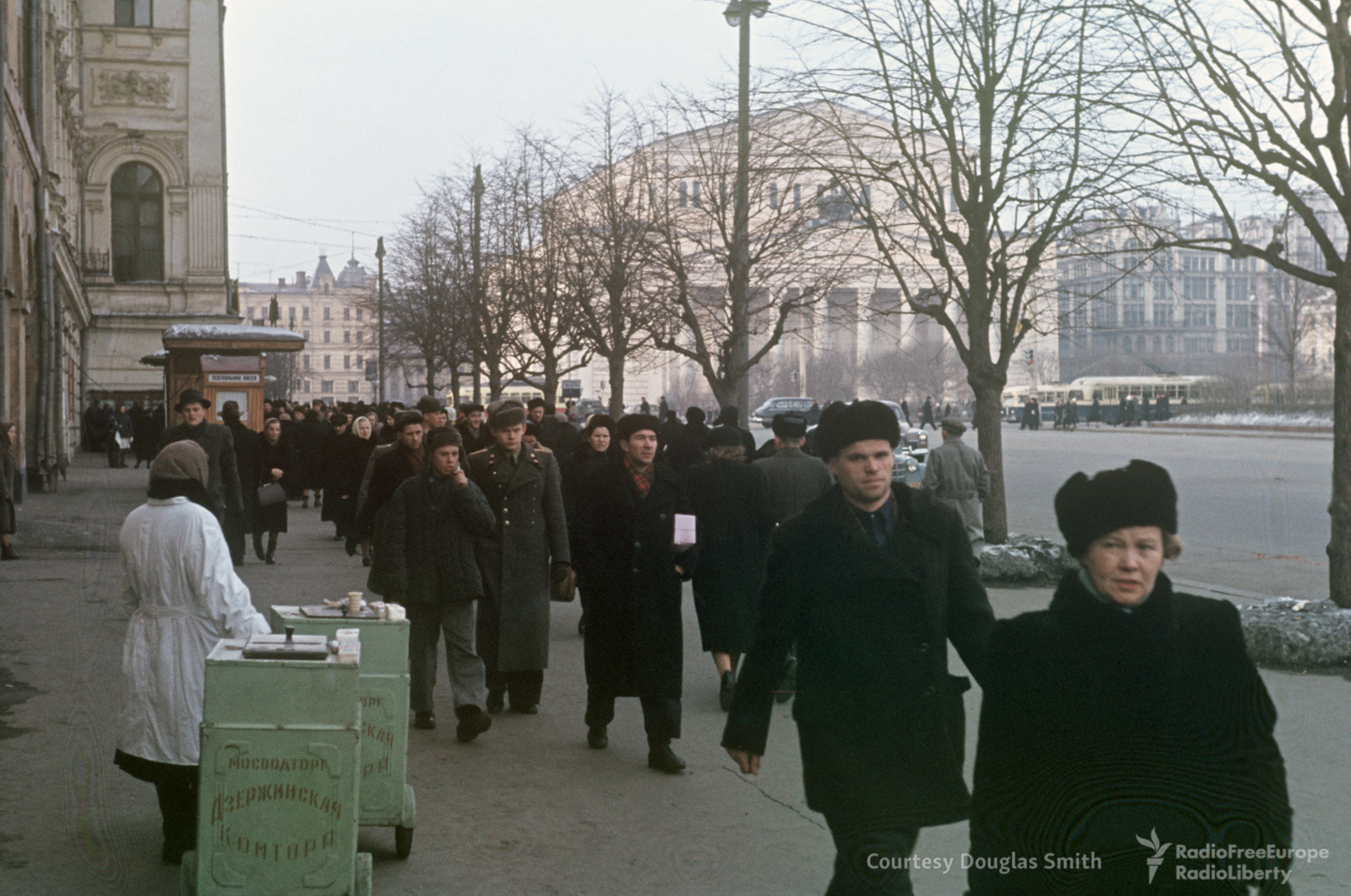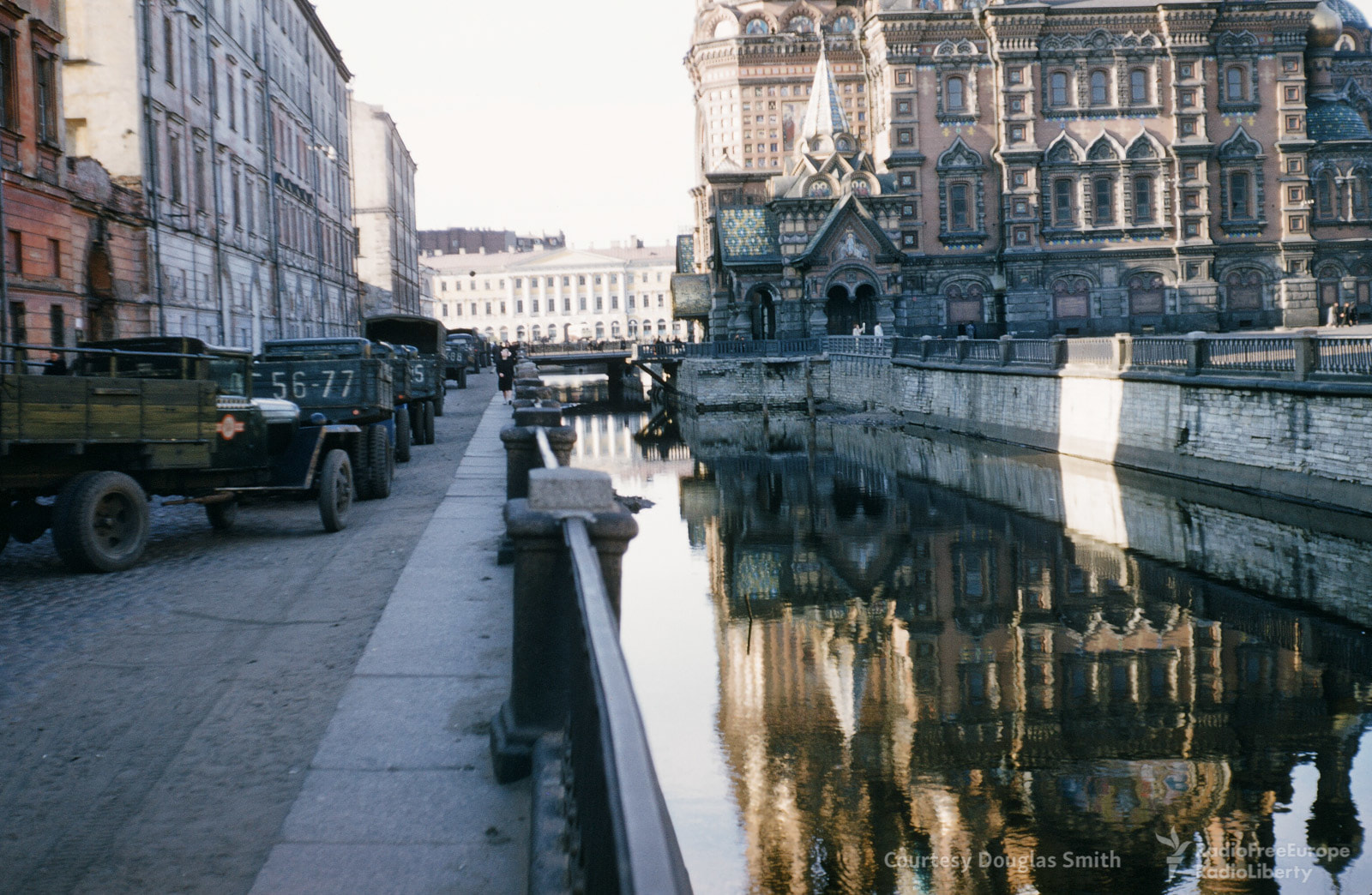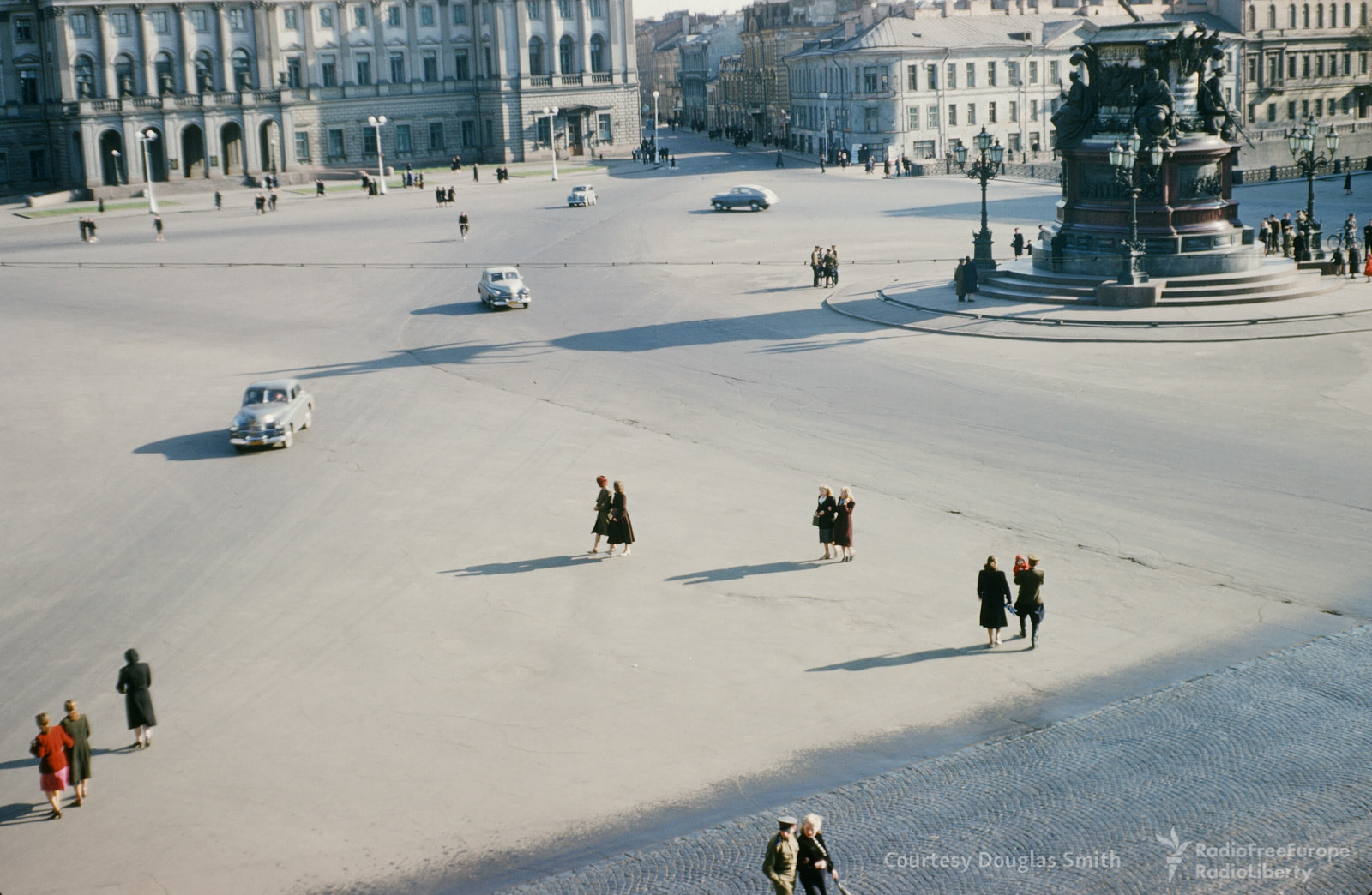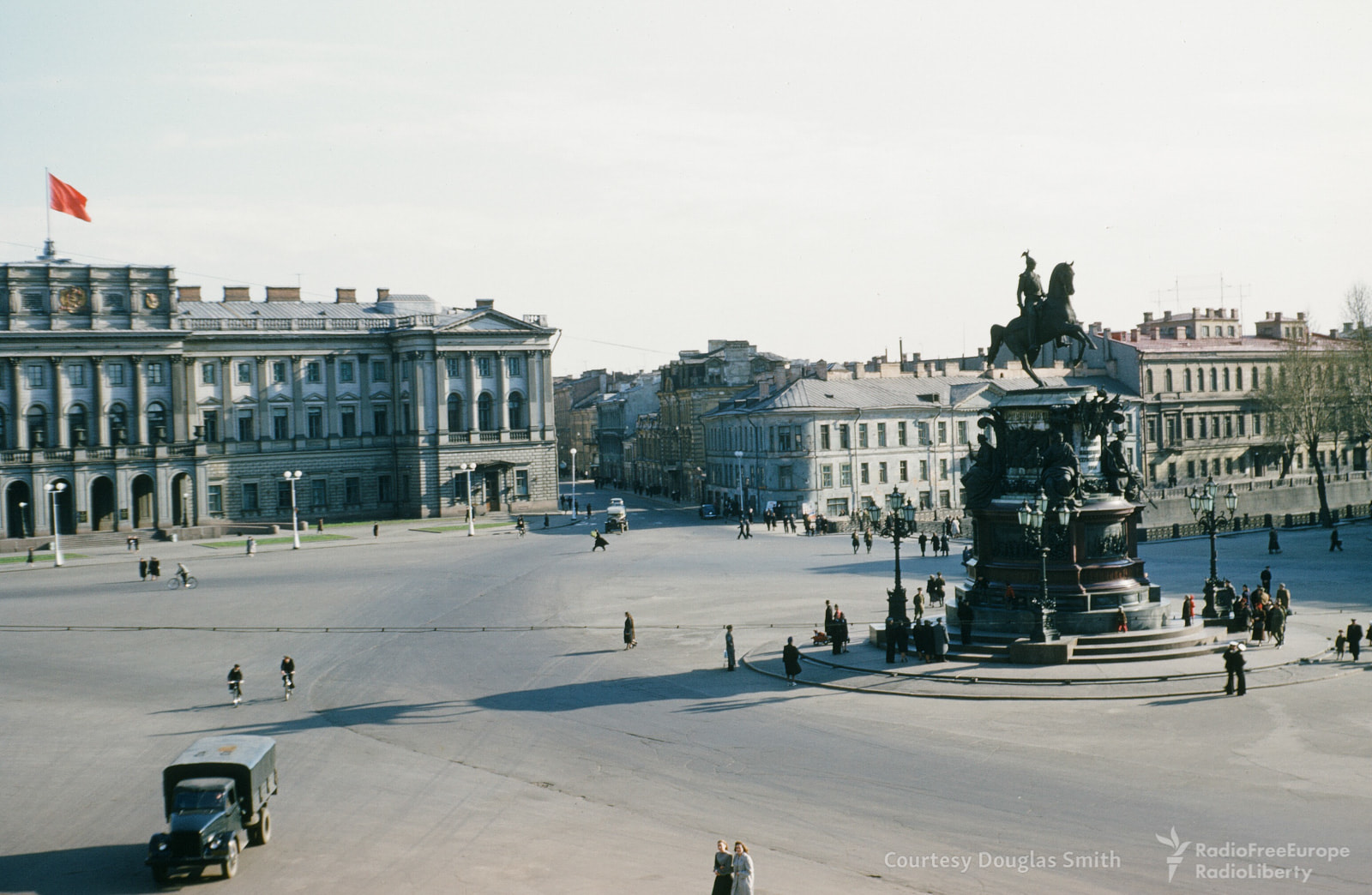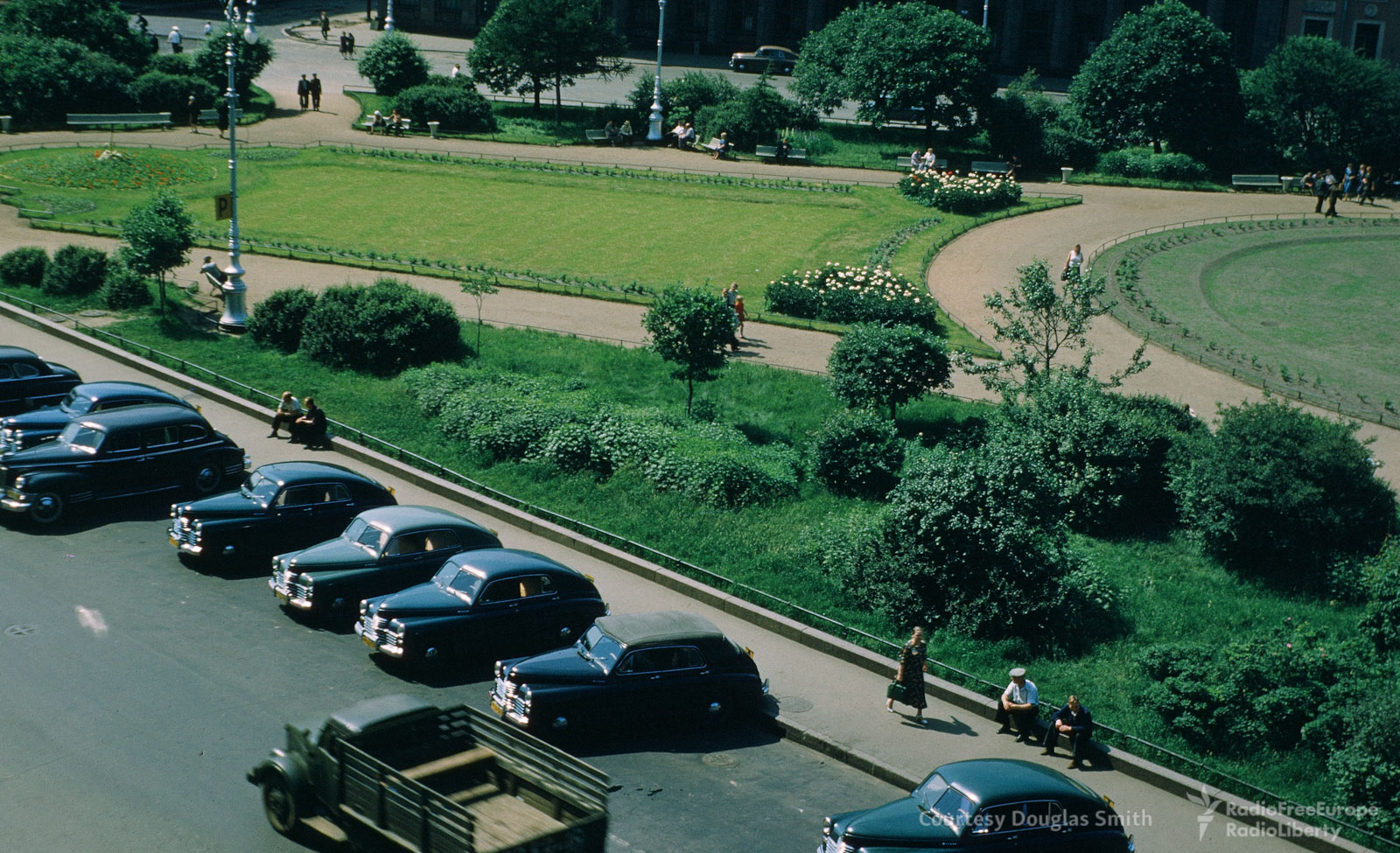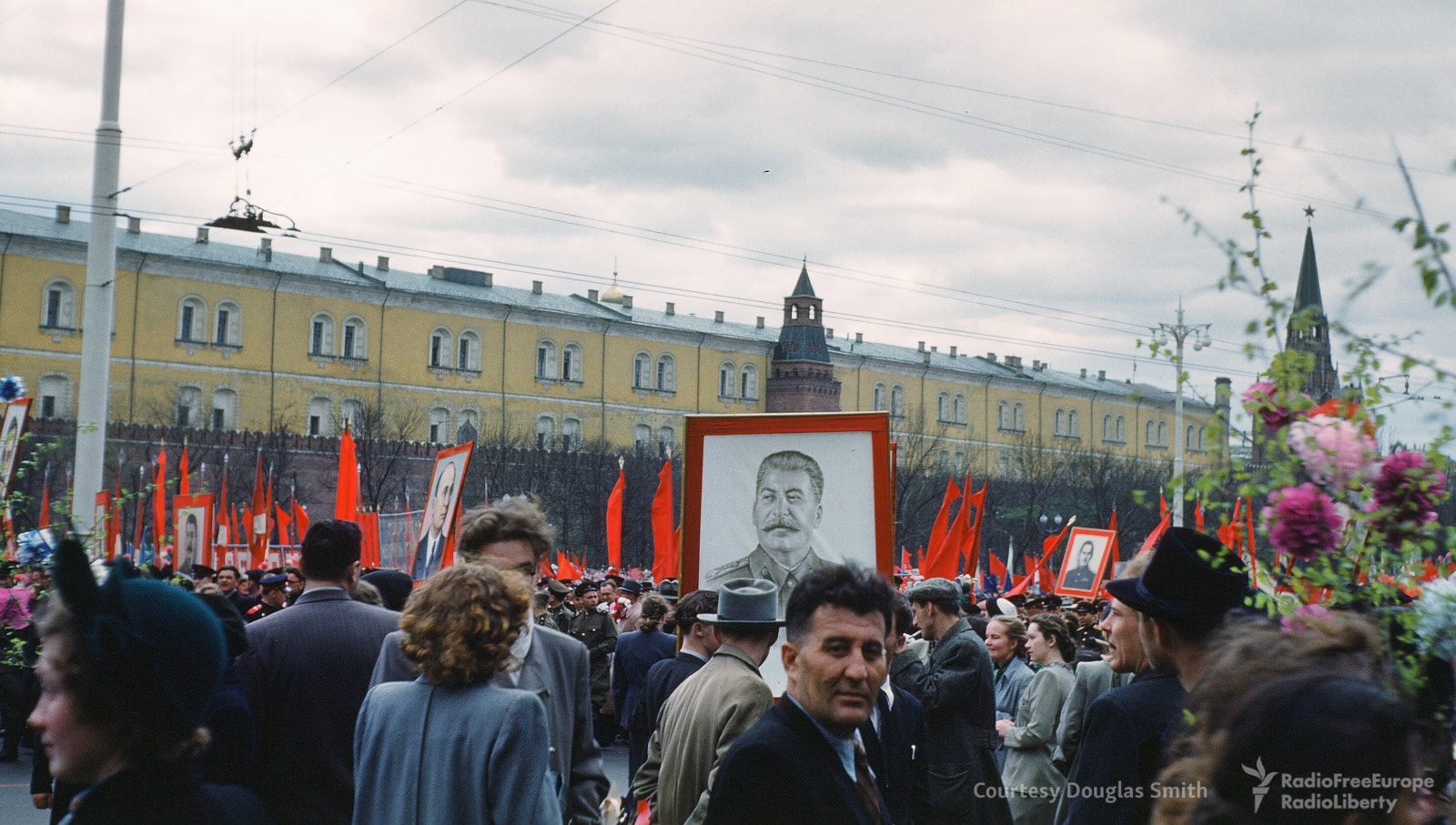During the tumultuous years of the Cold War, when political tensions between the United States and the Soviet Union reached their zenith, one man found himself at the center of this ideological battle in the heart of Moscow. Martin Manhoff, an American diplomat, was stationed in the Soviet capital during the 1950s, serving as the Assistant Army Attaché at the United States Embassy. His remarkable story has come to light through the discovery and publication of his personal diary and photographs, invaluable historical documents that provide a candid and intimate account of his experiences during that era. Manhoff’s documents serve as a window into the enigmatic world of the Soviet Union, offering a unique perspective on the challenges faced by American diplomats stationed in Moscow. It unveils the stark contrast between the carefully constructed façade presented by the Soviet authorities and the harsh realities experienced by ordinary citizens. Through his notes and snapshots, Manhoff captures the scarcity of consumer goods, the omnipresent surveillance, and the ever-present fear of being monitored by the Soviet security apparatus. One notable event chronicled in Manhoff’s diary is his participation in the May Day parade of 1953. He vividly describes the grandiosity of the event, with its elaborate displays of military might and the orchestrated enthusiasm of the Soviet people. It becomes evident that the parade was a carefully choreographed spectacle, designed to showcase the Soviet Union’s ideology and power to the world. The images capture unfiltered moments of everyday life in the Soviet Union, providing a visual counterpart to his diary entries. The photographs offer a window into the lives of ordinary Soviet citizens, revealing their struggles, aspirations, and moments of joy. American historian Douglas Smith who specializes in Soviet history discovered a collection of photographs and videos in the home of Martin Manhoff. (The Manhoff’s archive curated by Douglas Smith and the University of Washington can be accessed here). According to Smith, after Manhoff’s wife died he was asked to check the home of a former official for valuable memorabilia. “I was amazed at what I discovered. There are thousands of color photographs taken on the streets of Moscow, Leningrad, Murmansk, Yalta, and at points along the Trans-Siberian Railroad,” Smith says. Despite the pervasive atmosphere of control and suspicion, Manhoff’s diary also reveals moments of genuine connection and warmth between him and the Soviet citizens. He documents his personal relationships and friendships with individuals living in the Soviet Union, shedding light on the complexities of human interaction in the midst of political tensions. However, Manhoff’s time in Moscow came to an abrupt end in 1954 when he was accused of espionage by the Soviet authorities. He and his family were expelled from the country, and his military career was effectively terminated upon their return to the United States. The preservation of Martin Manhoff’s diary and photographs is of immense historical significance. They offer scholars and researchers a rare and personal insight into the complex relationship between the United States and the Soviet Union during the Cold War. These artifacts bridge the gap between official narratives and the lived experiences of individuals, fostering a deeper understanding of this crucial period in history. The 1950s marked a significant period in the history of the Soviet Union, as the nation grappled with the aftermath of World War II and solidified its position as a global superpower. It was a time of intense political control, economic restructuring, and social transformation. Understanding life in the Soviet Union during this era requires delving into the intricacies of the state-controlled society, the hardships faced by ordinary citizens, and the pervasive ideology that permeated every aspect of life. At the heart of Soviet society was the central planning system, which aimed to create a socialist utopia. The state tightly controlled all aspects of the economy, implementing Five-Year Plans to drive industrialization and collectivization. The Soviet Union saw remarkable industrial growth during the 1950s, bolstering its military capabilities and asserting its position on the global stage. However, this progress came at a significant cost. One of the defining features of life in the Soviet Union during the 1950s was the scarcity of consumer goods. The centralized economy prioritized heavy industry and defense, leading to a shortage of everyday products. Citizens faced long queues and rationing for basic necessities, ranging from food and clothing to household items. The state’s focus on rapid industrialization often came at the expense of the quality and availability of consumer goods, causing frustration and discontent among the population. The state’s security apparatus, led by the KGB, closely monitored the activities and behaviors of individuals, fostering an environment of fear and suspicion. The secret police played a crucial role in maintaining the conformity necessary for the survival of the socialist regime. Citizens were encouraged to report any deviations from the established norms, contributing to a climate of self-policing and mutual distrust. The 1950s also witnessed a consolidation of power under the leadership of Nikita Khrushchev, who succeeded Joseph Stalin following his death in 1953. Khrushchev’s “Thaw” period brought some liberalization and cultural openness, marked by a relative relaxation of censorship and a loosening of artistic expression. This period saw a limited relaxation of state control over literature, cinema, and the arts, albeit within strict boundaries defined by the state’s ideological framework. (Photo credit: Courtesy of Douglas Smith, via Radio Free Europe/Radio Liberty / Martin Manhoff’s Archive / Bored Panda / Pinterest). Notify me of new posts by email.
Δ Subscribe



